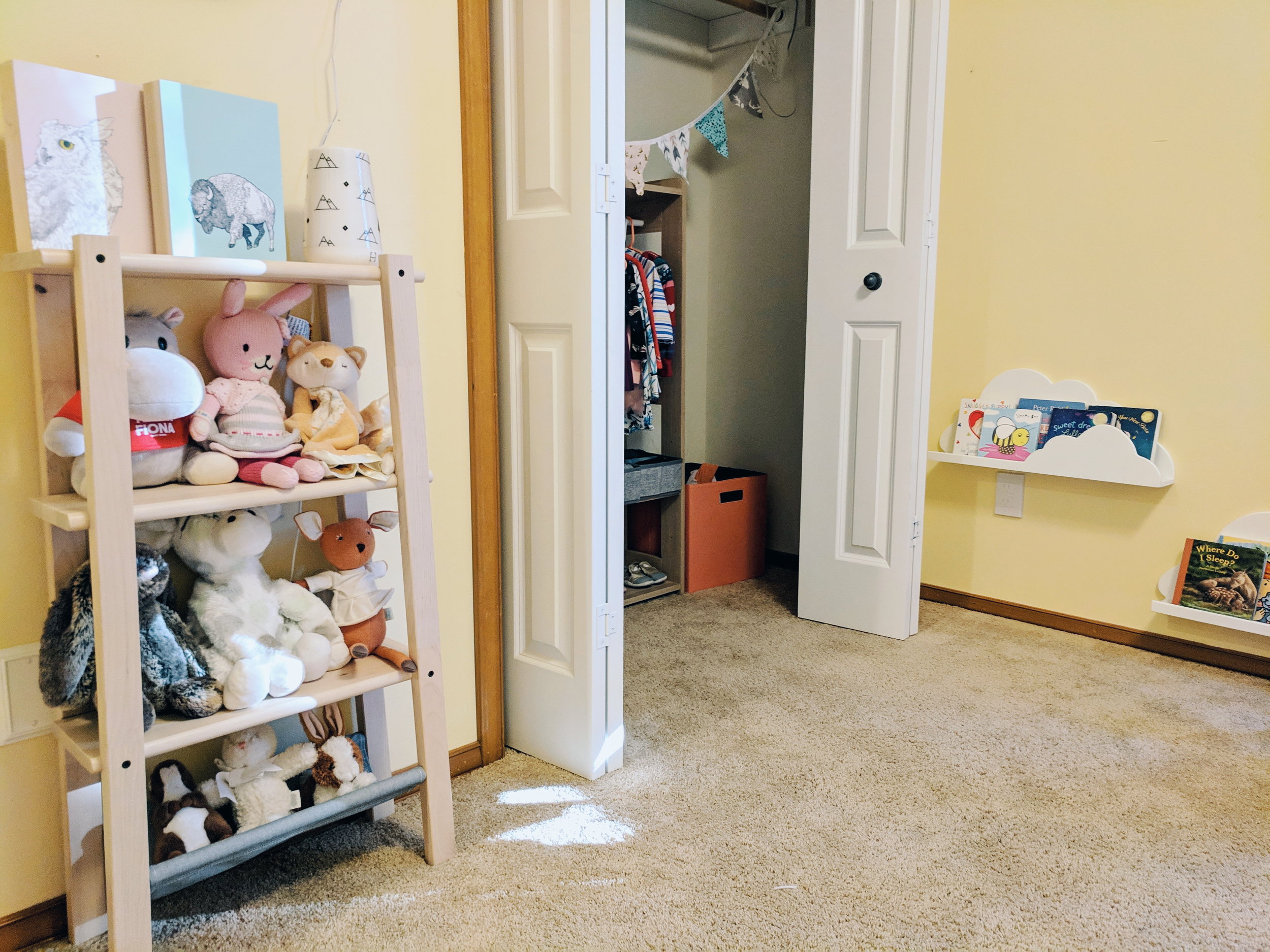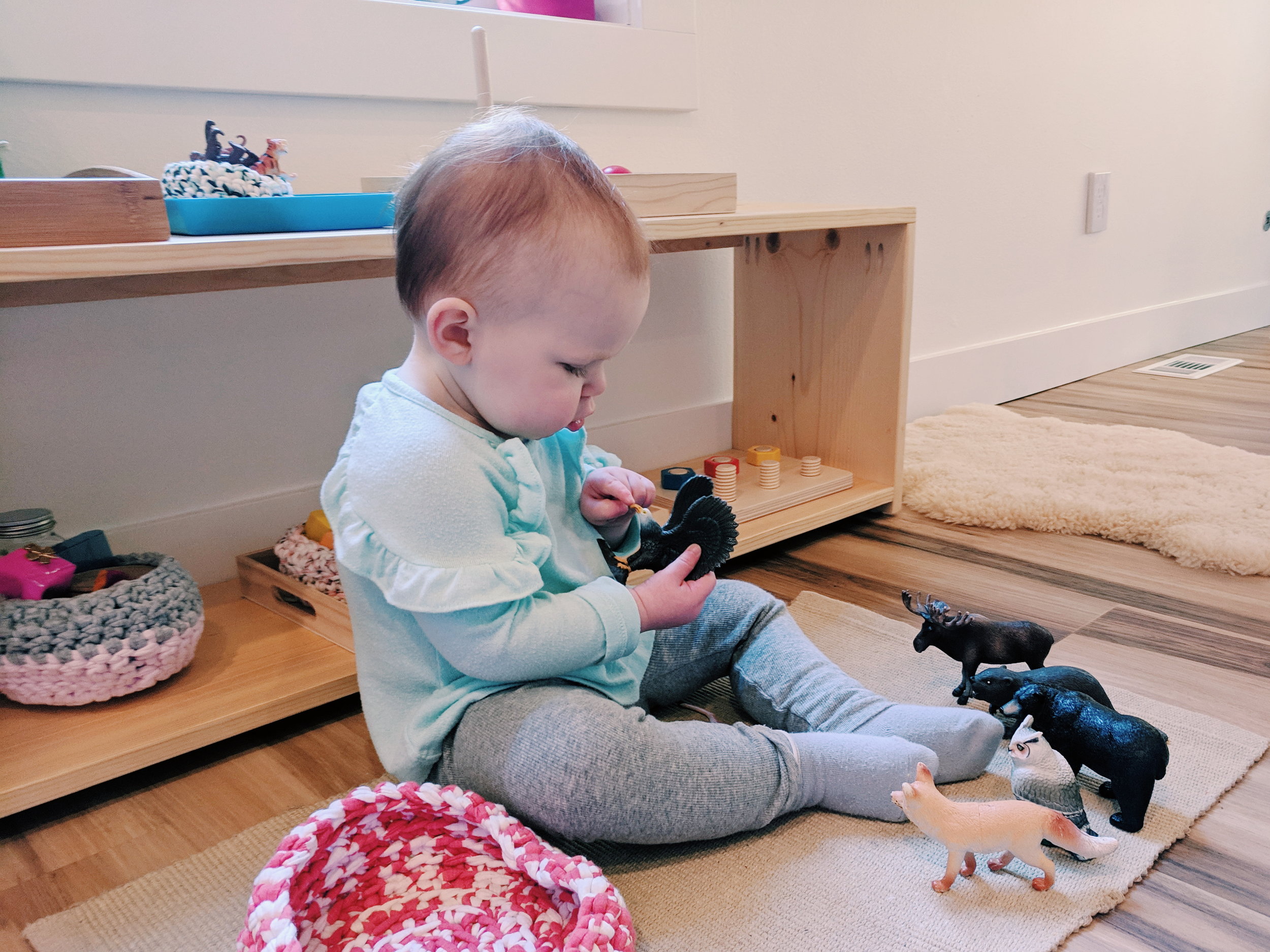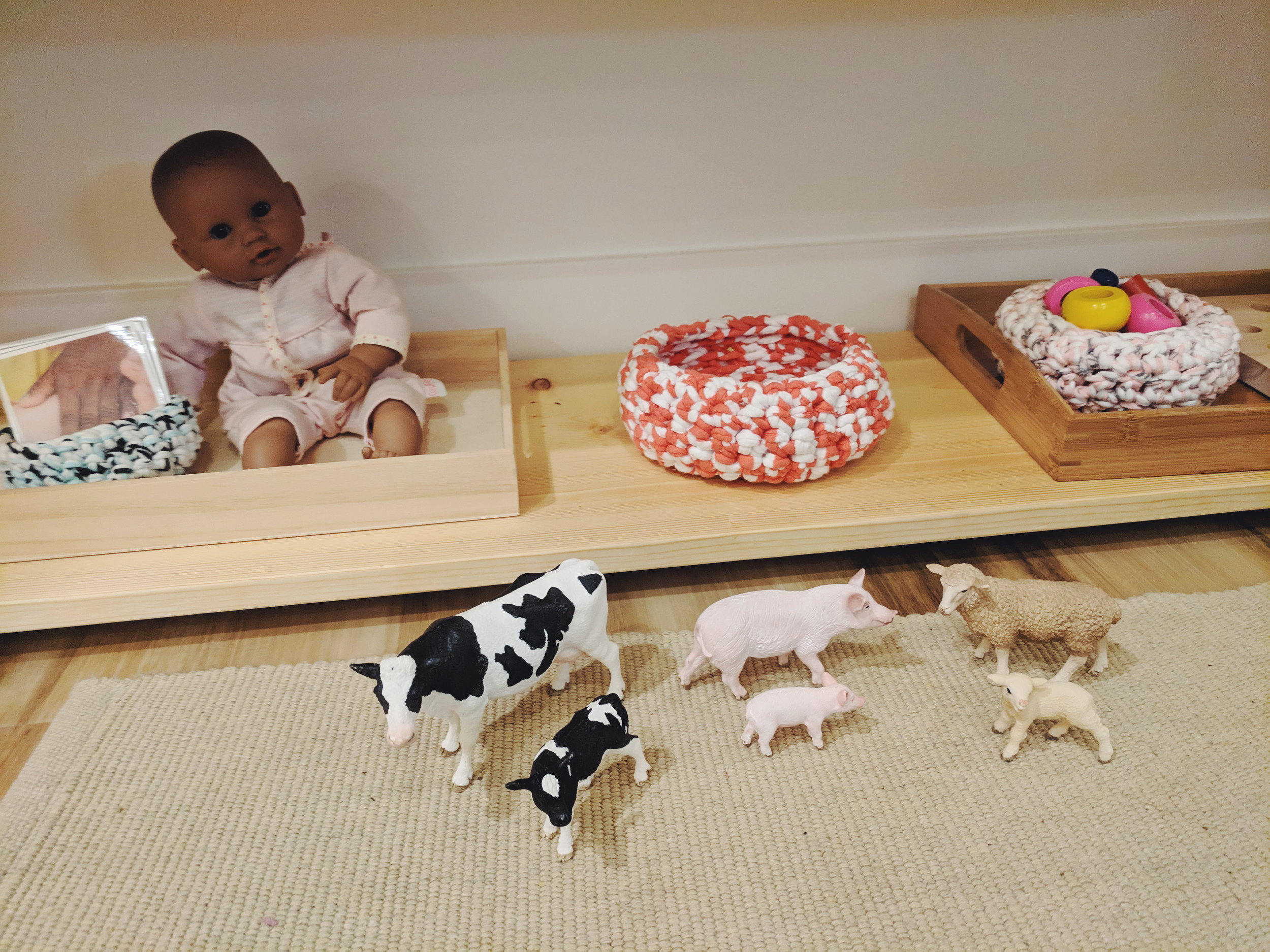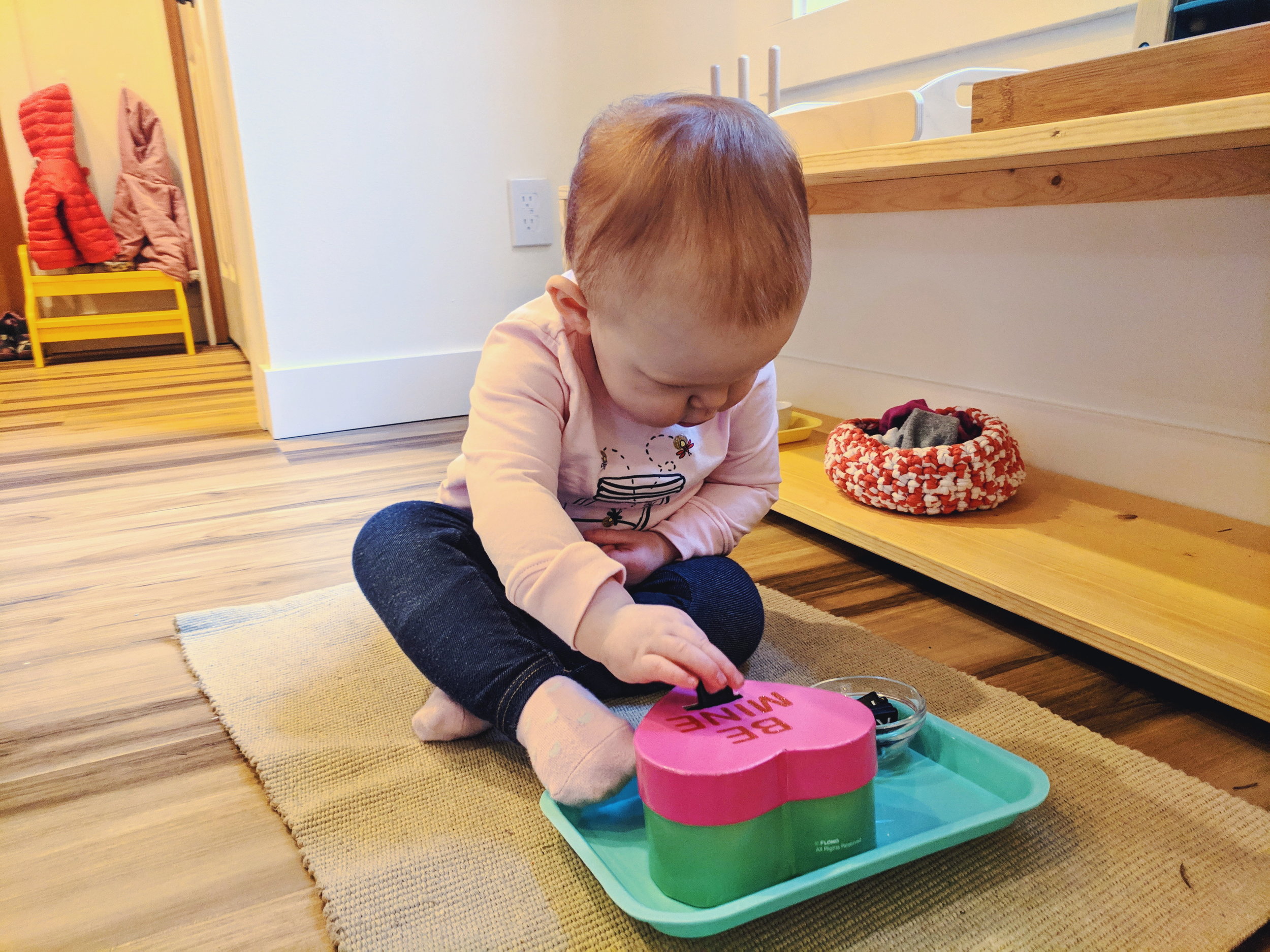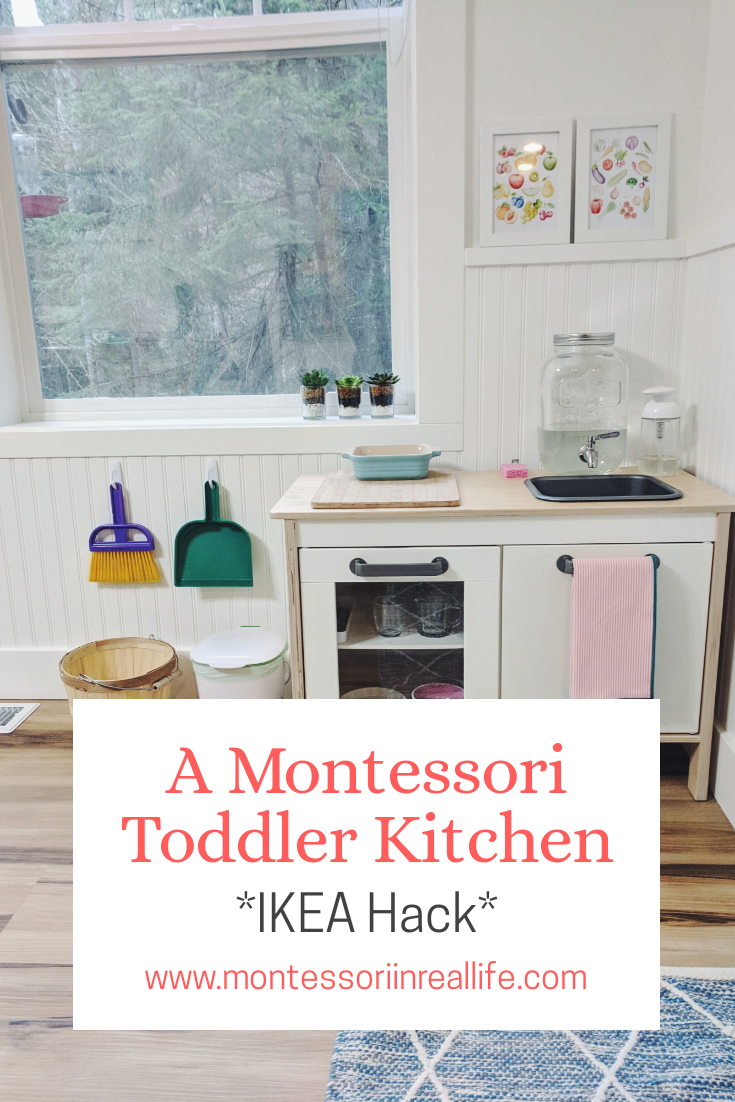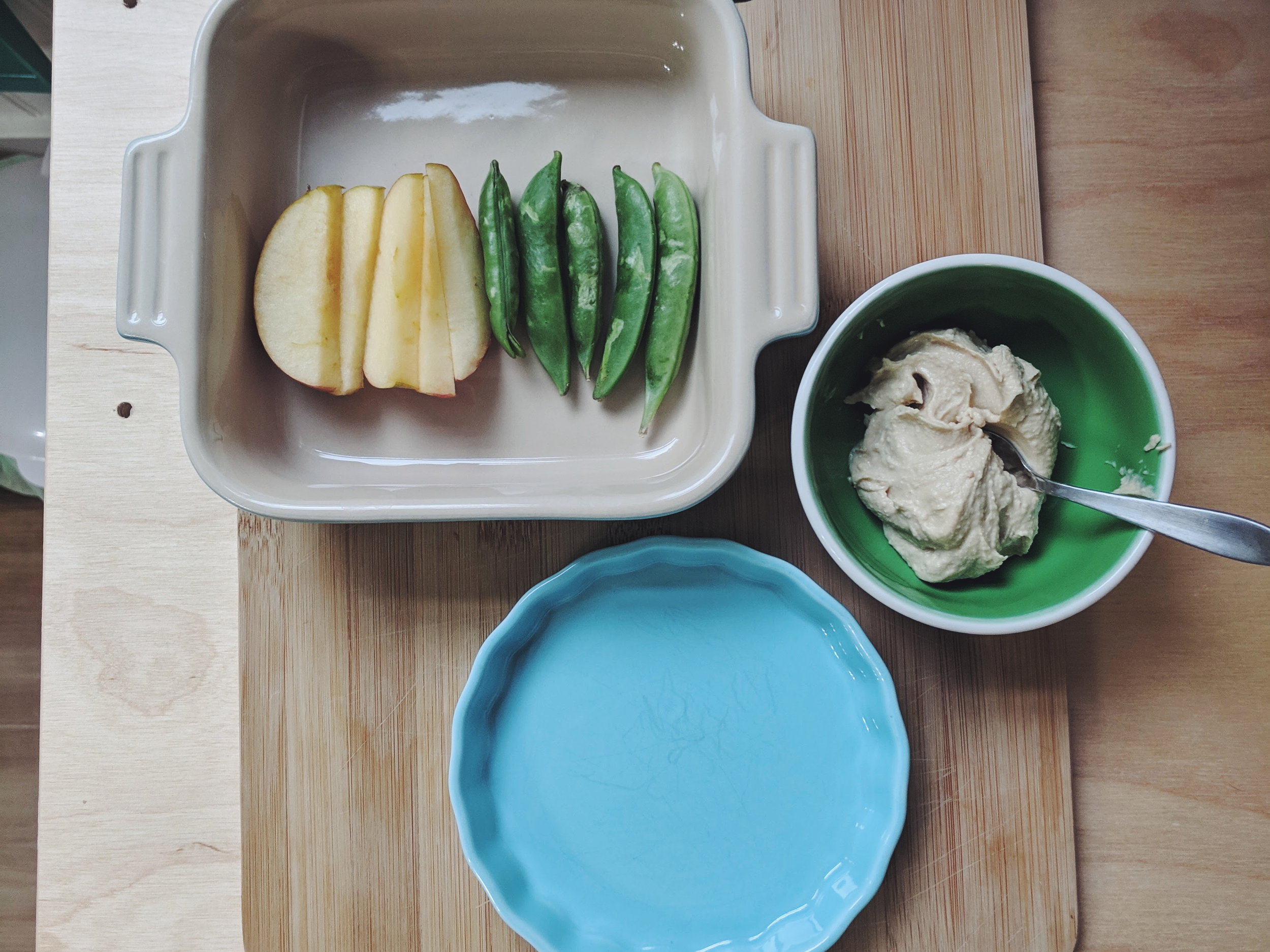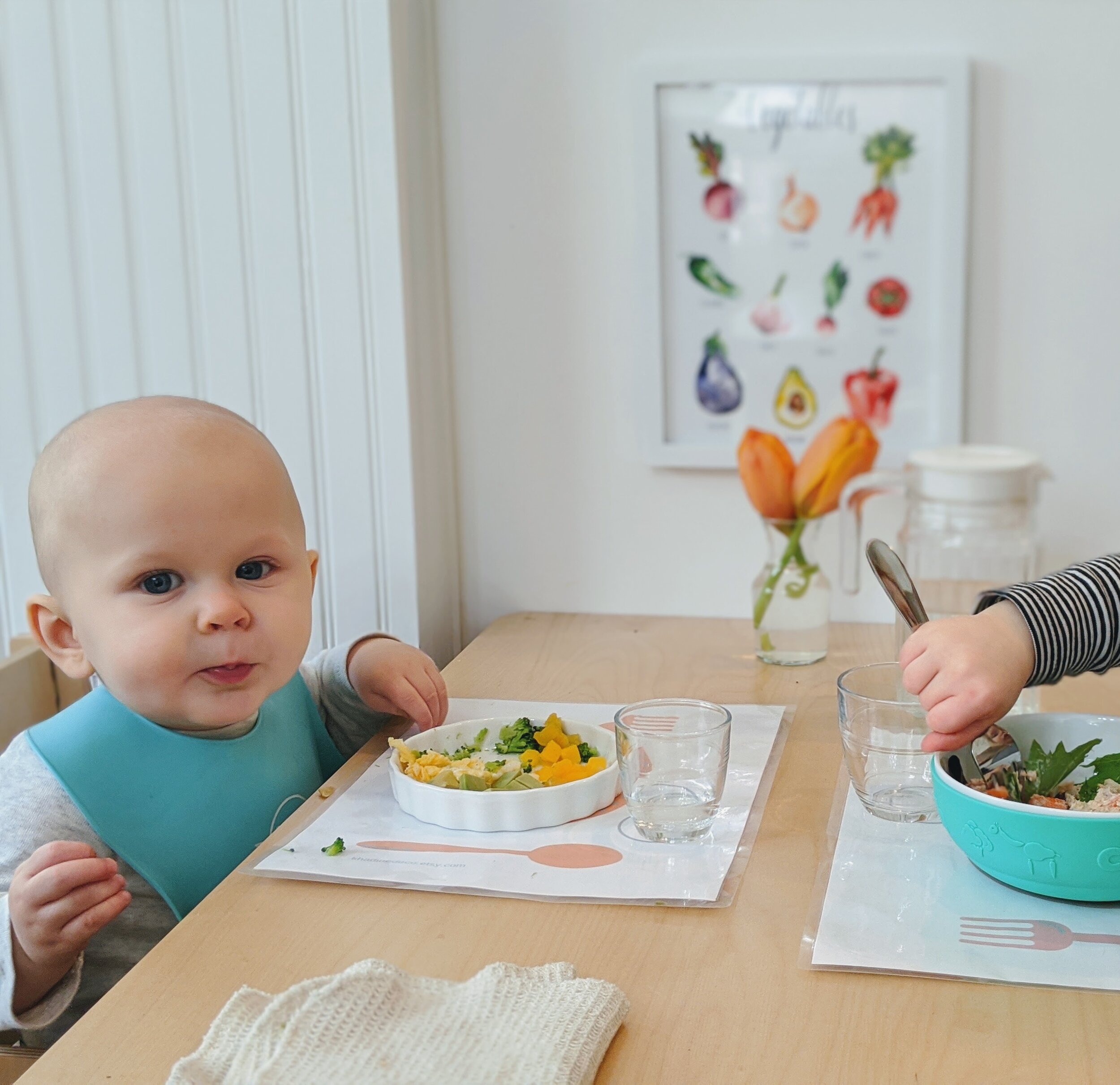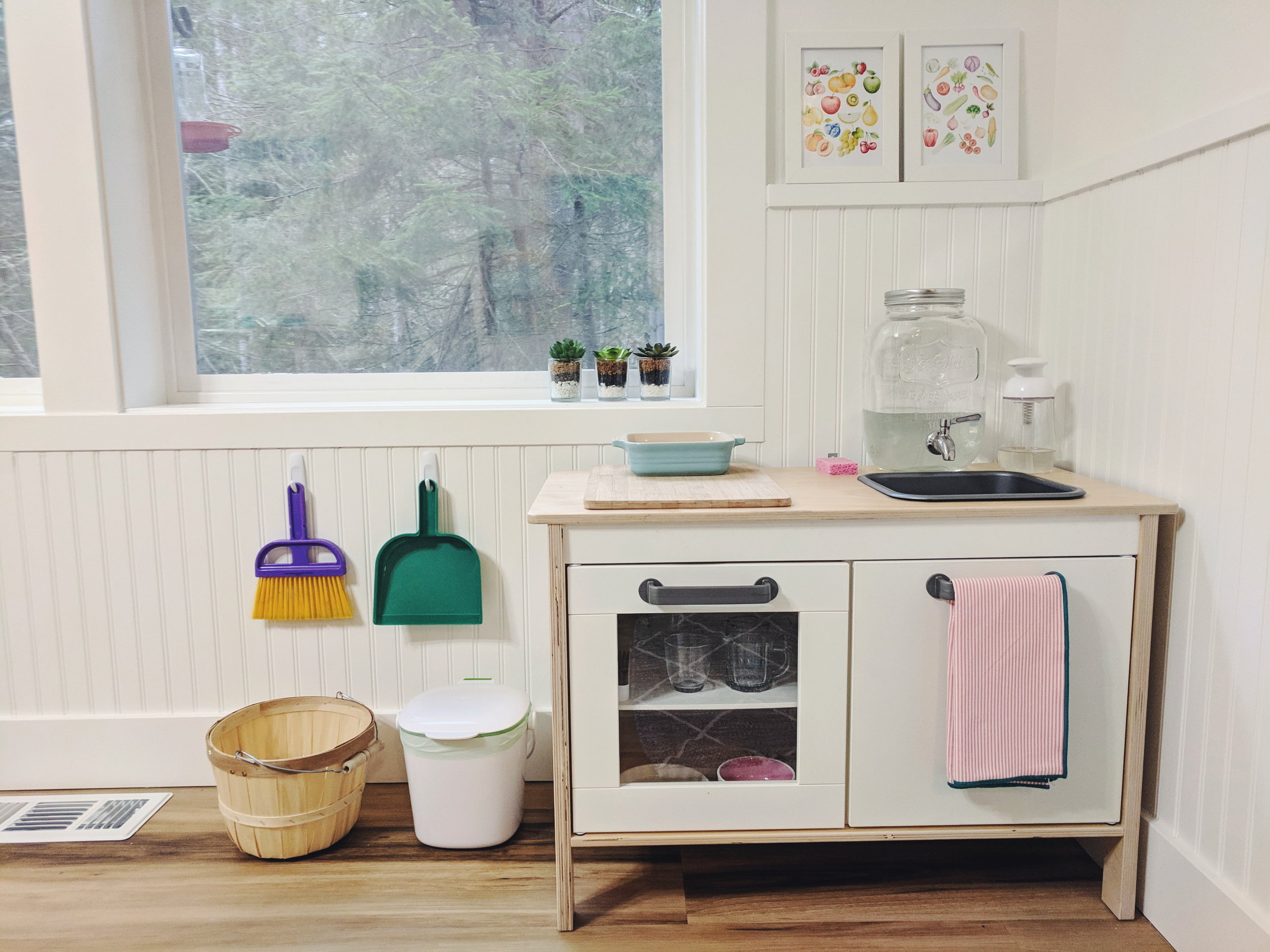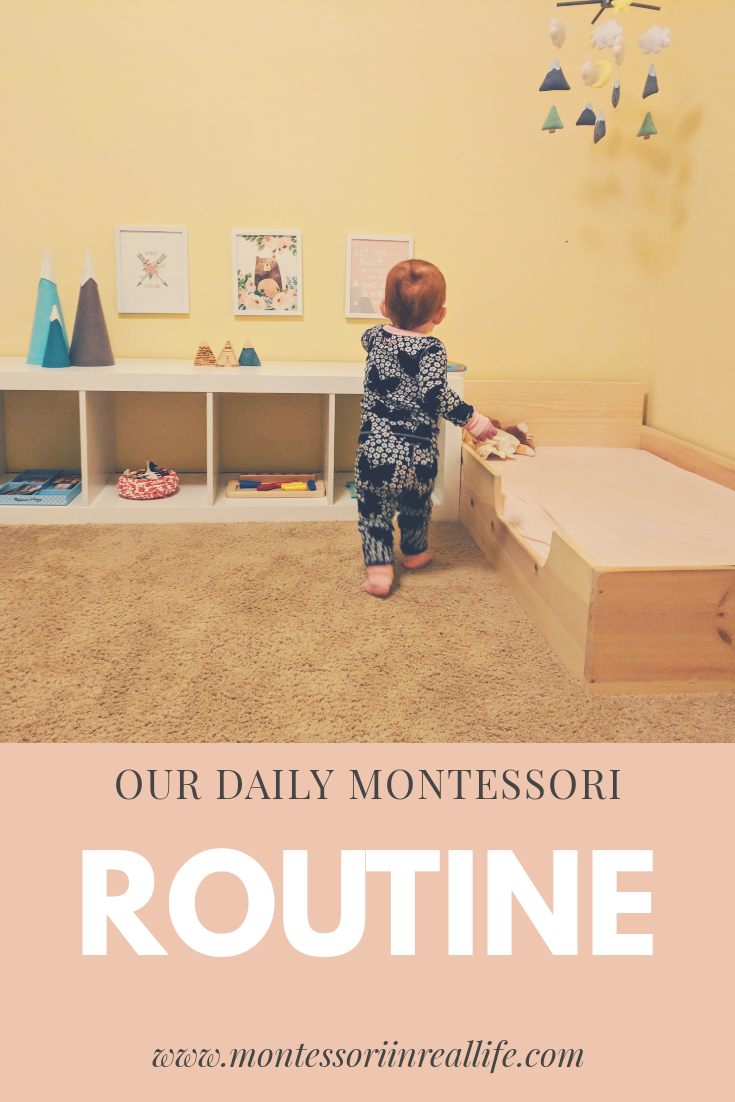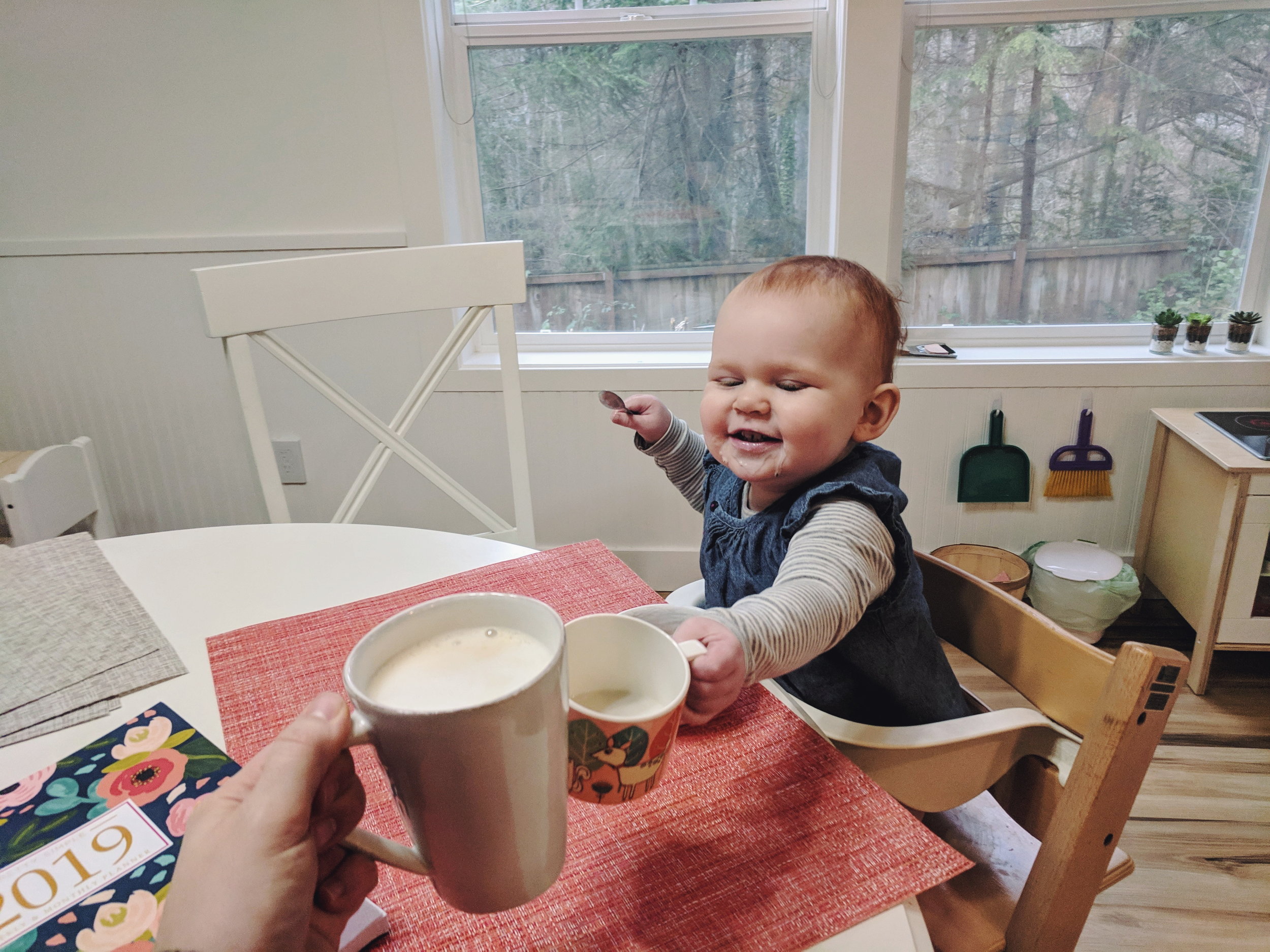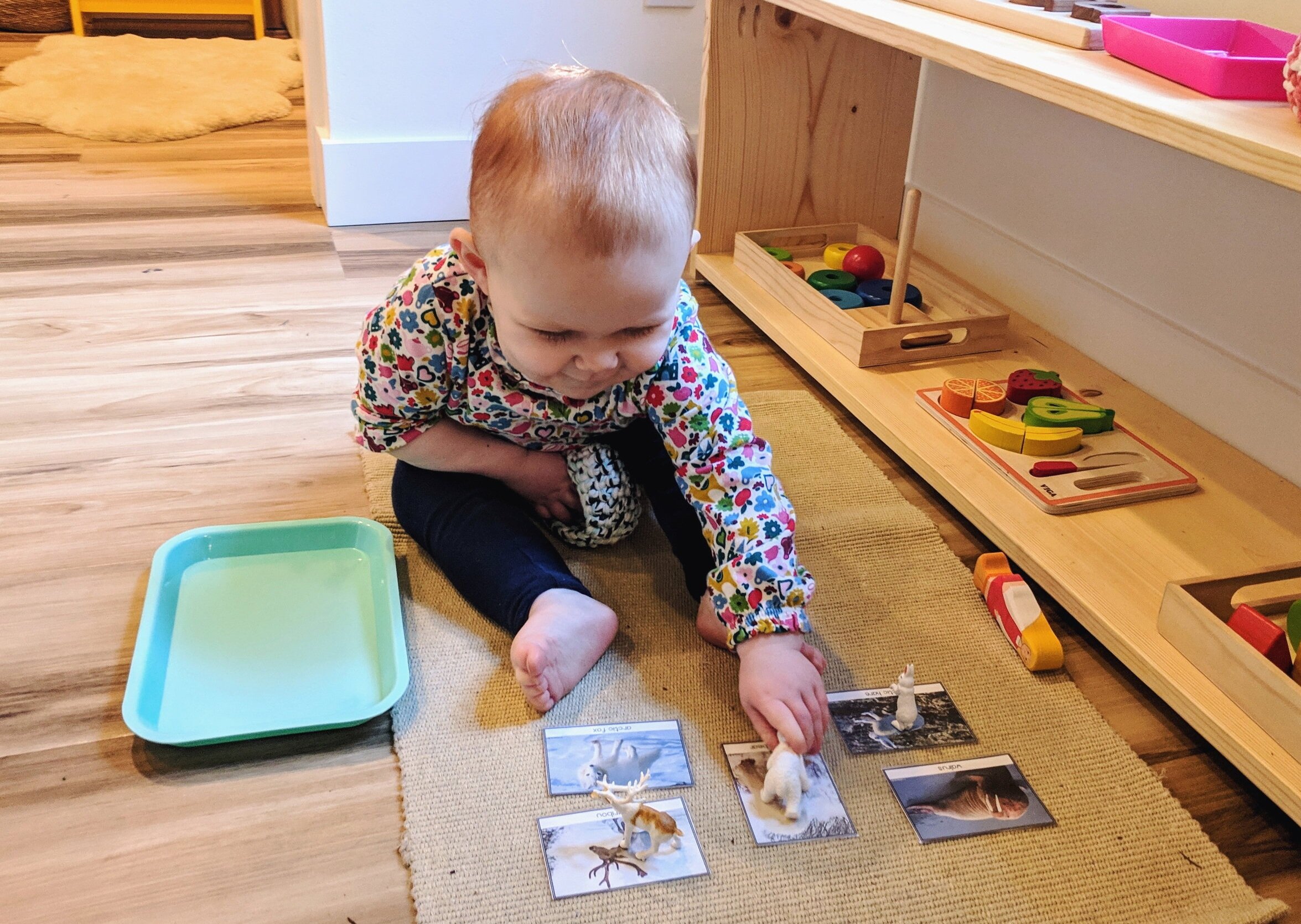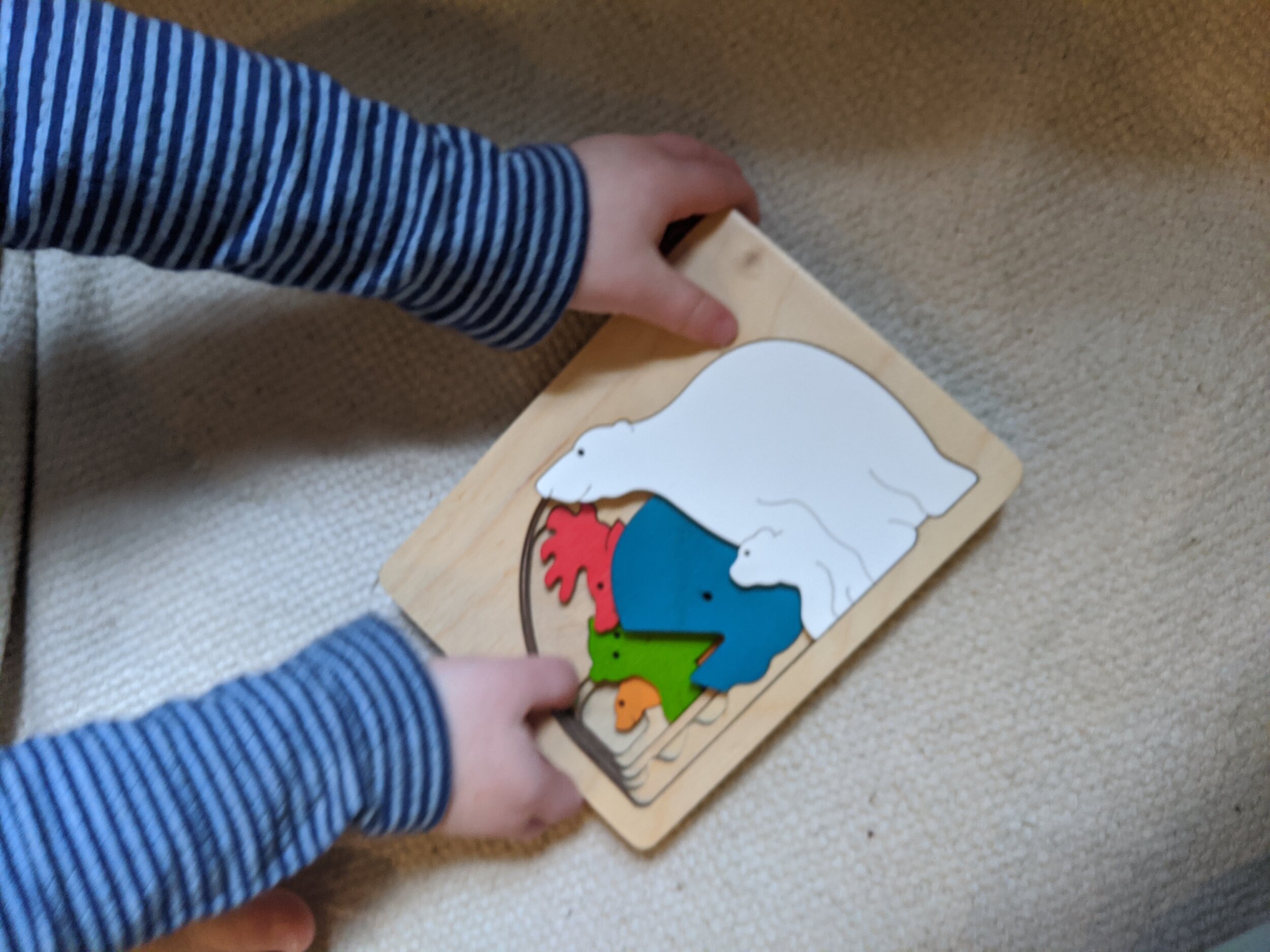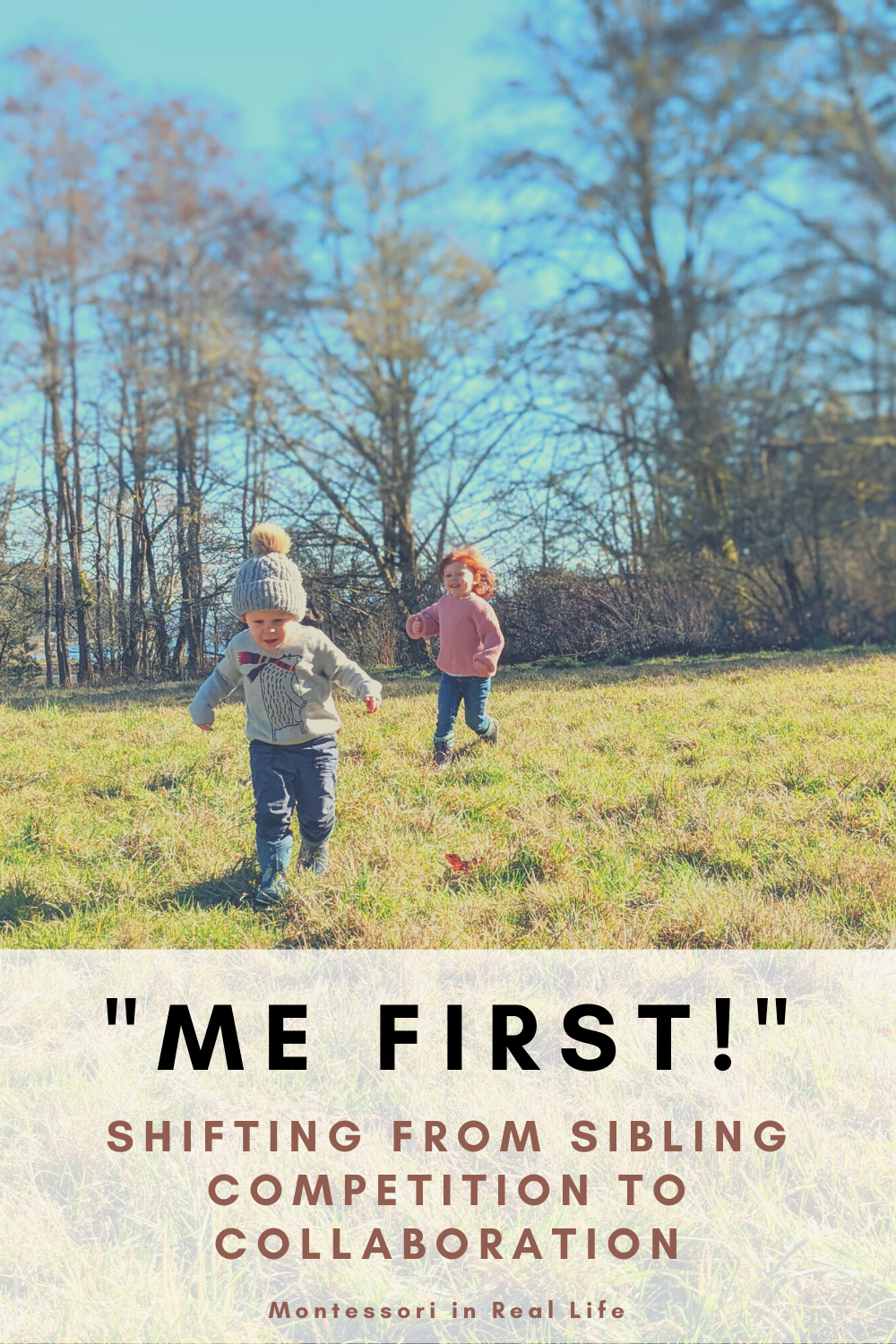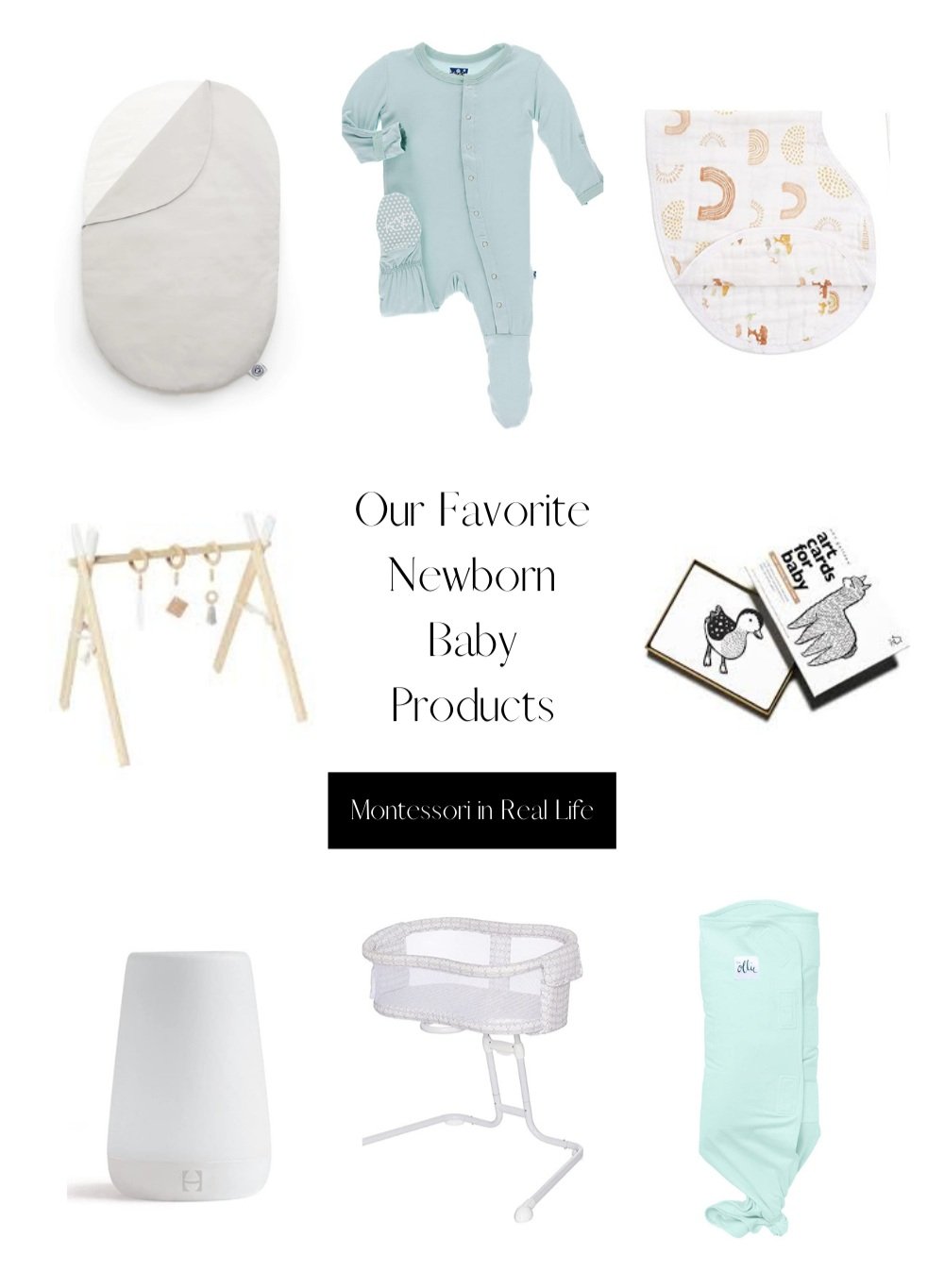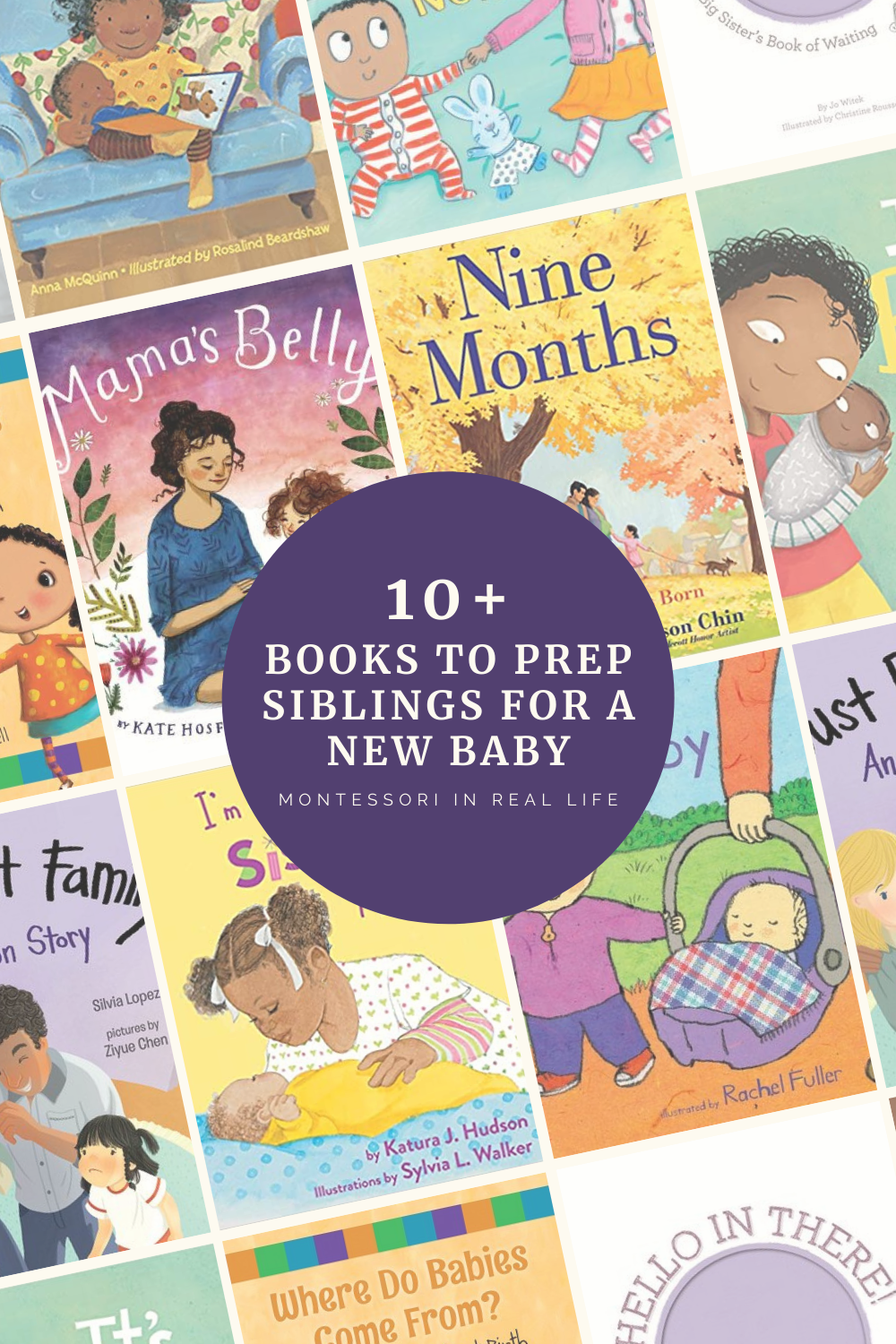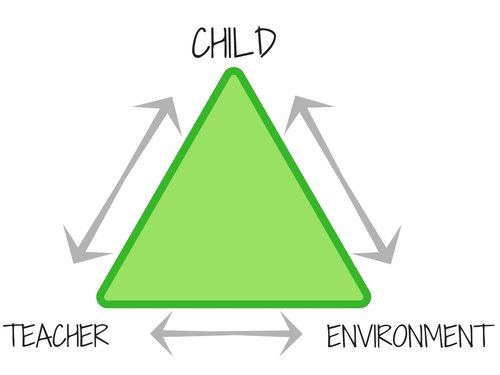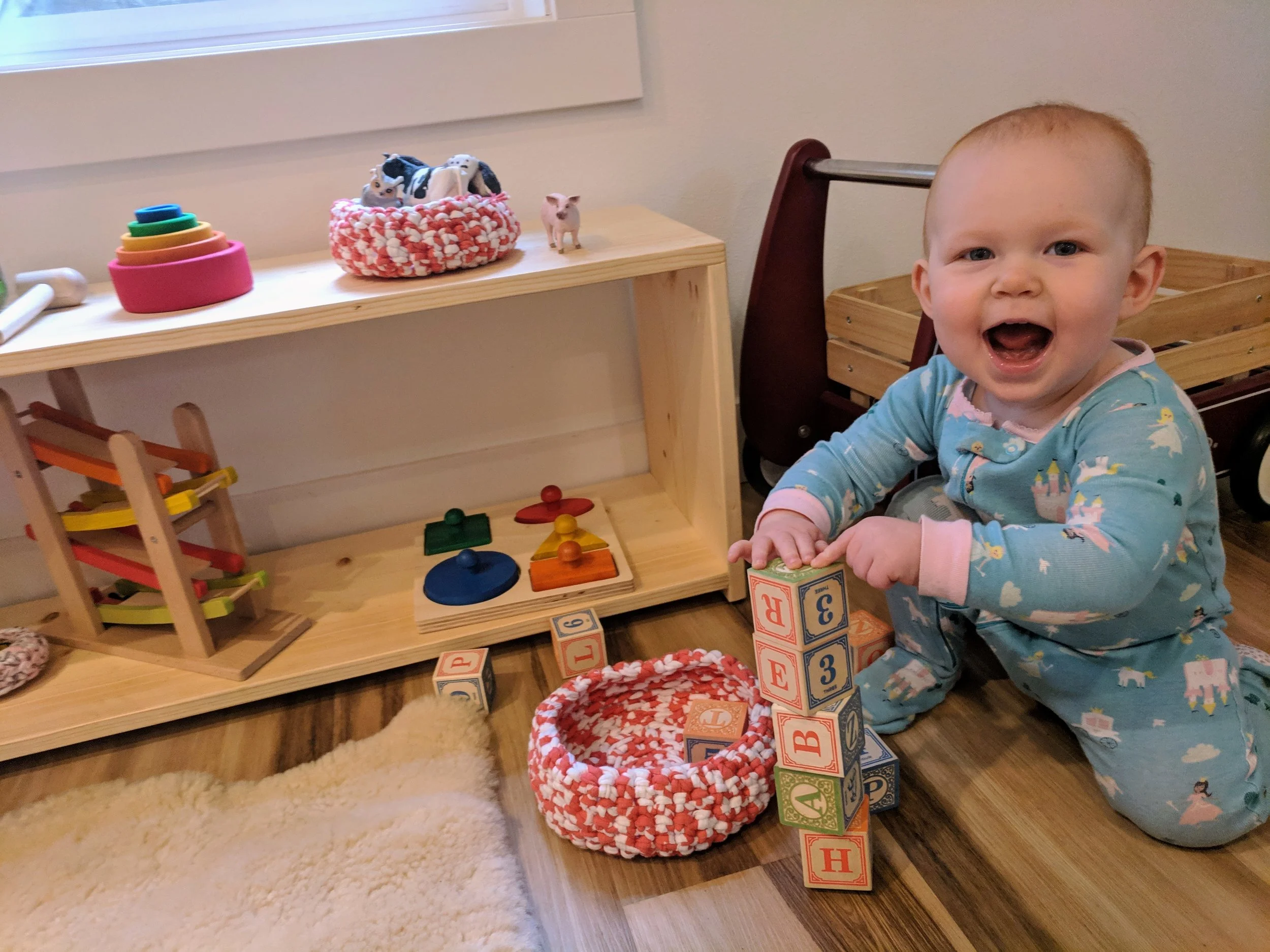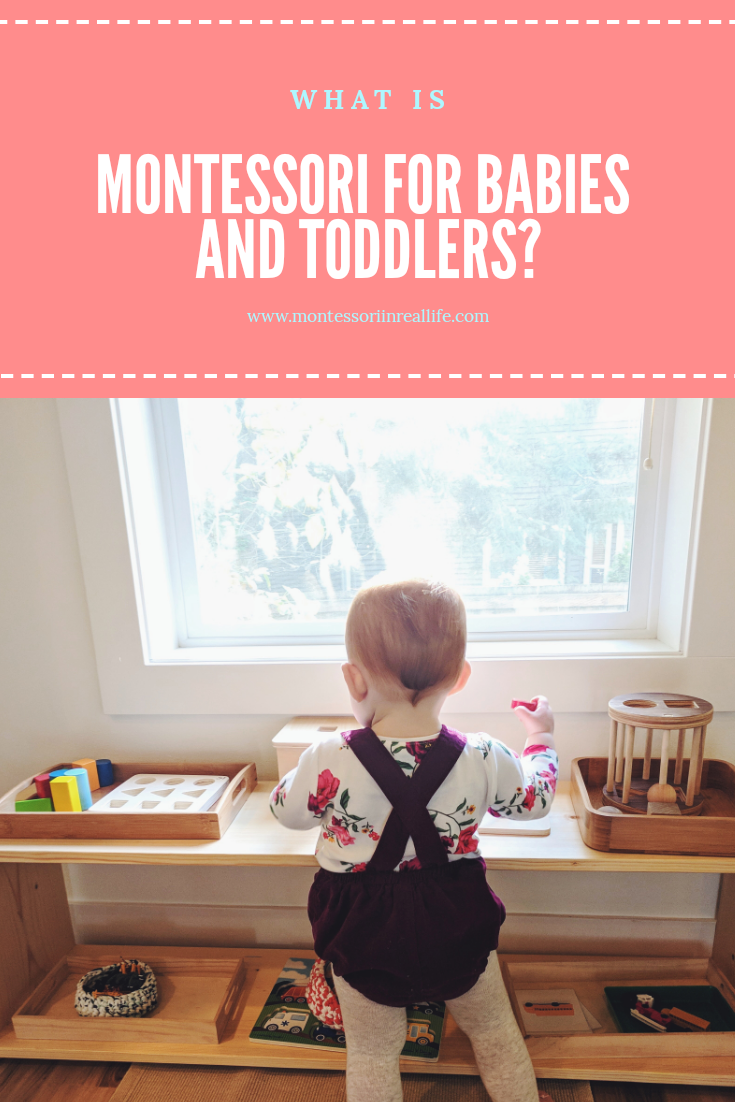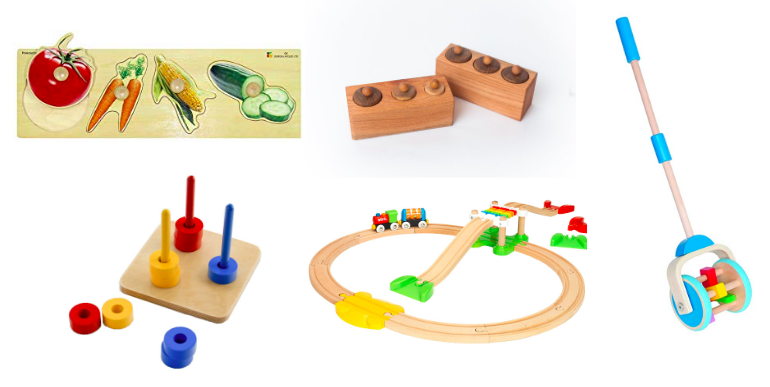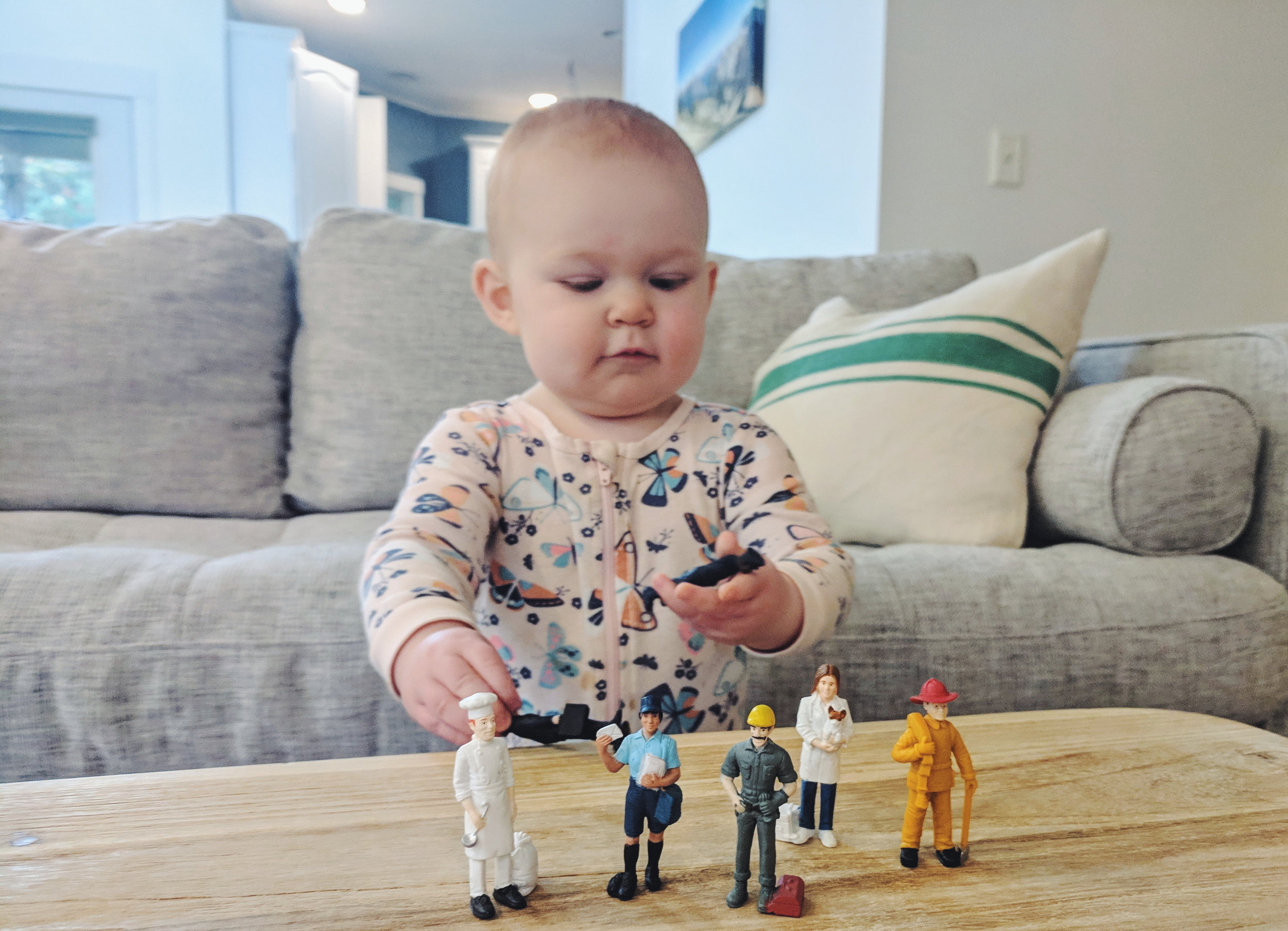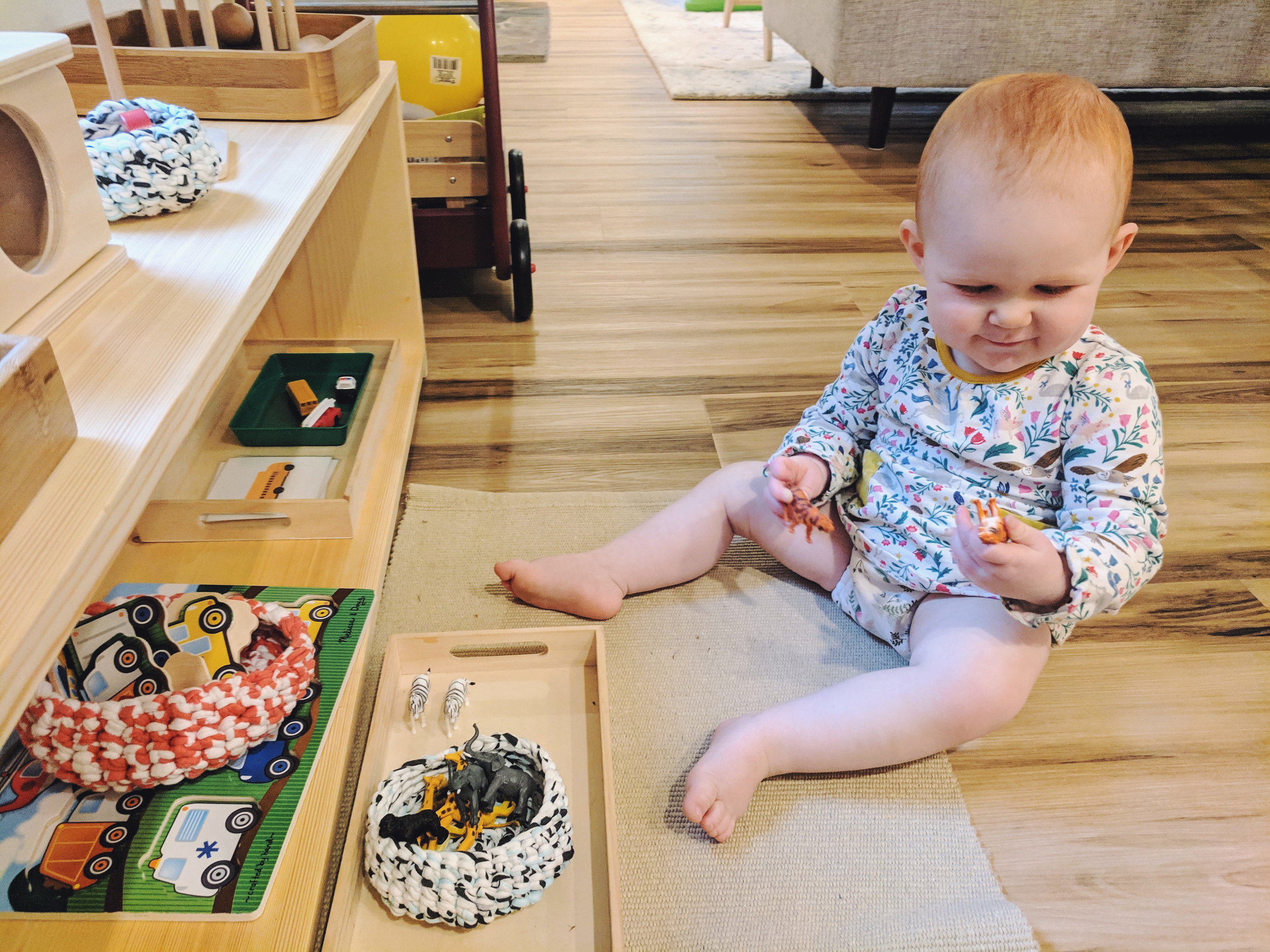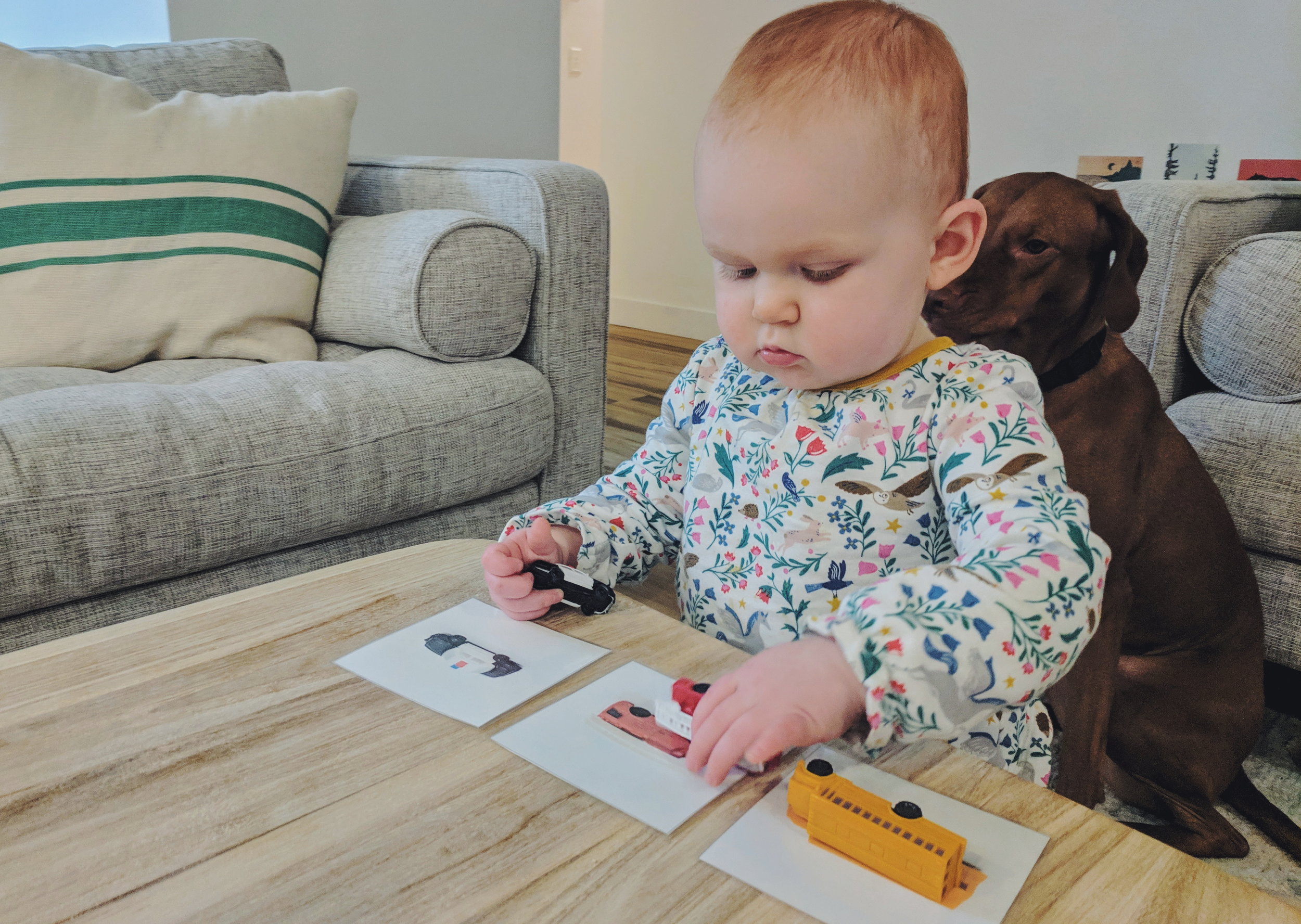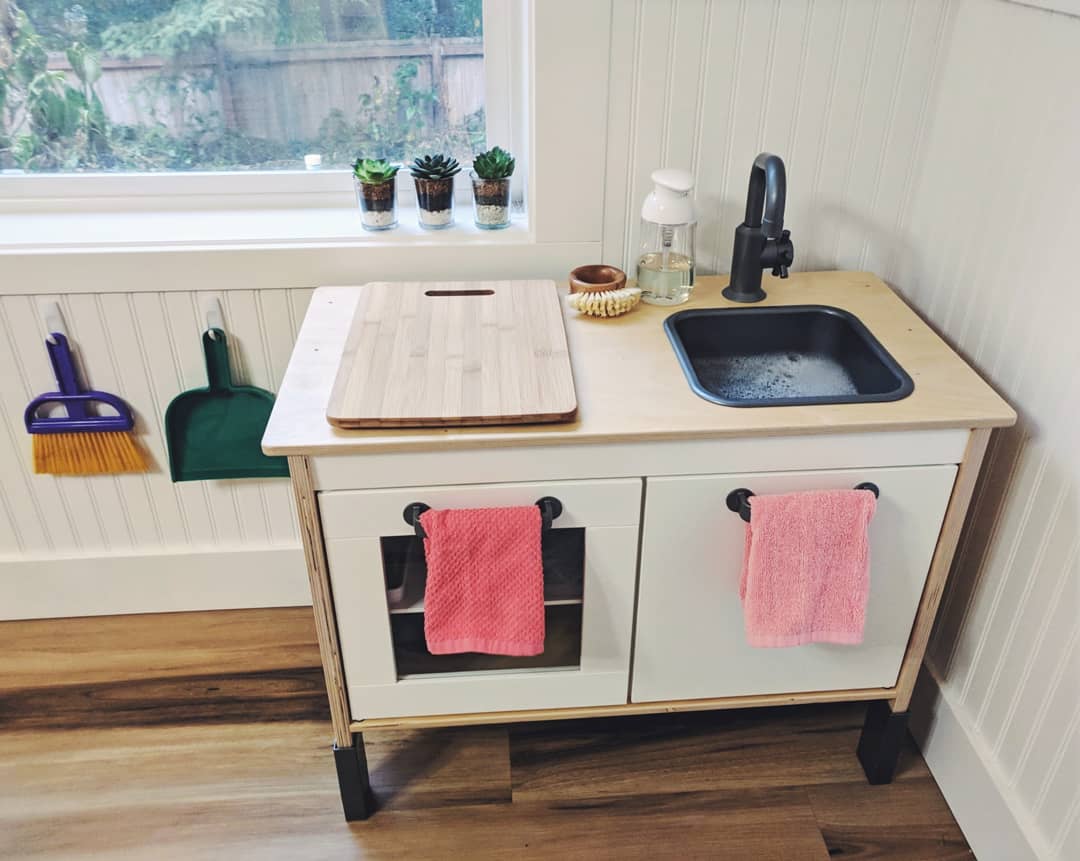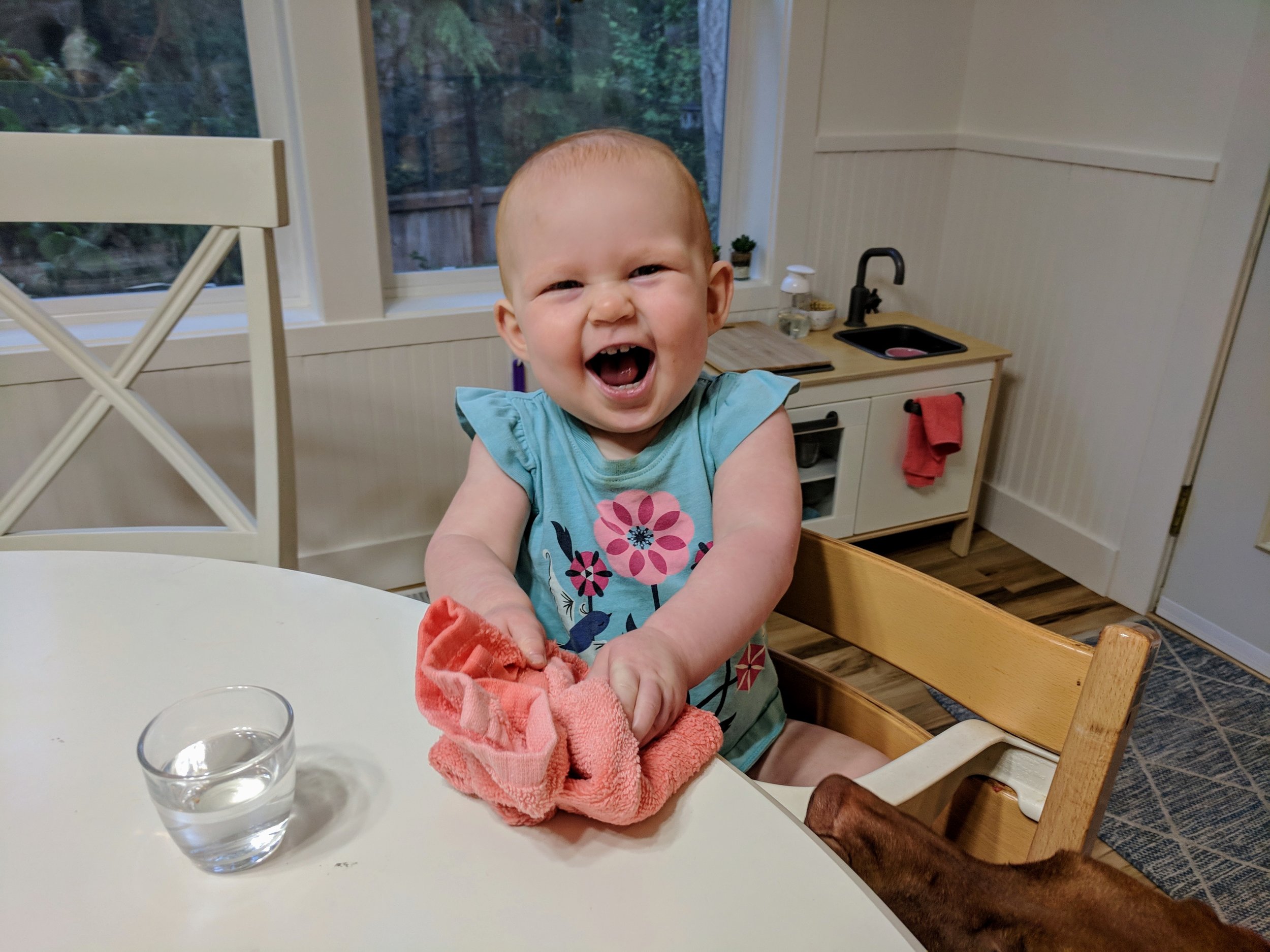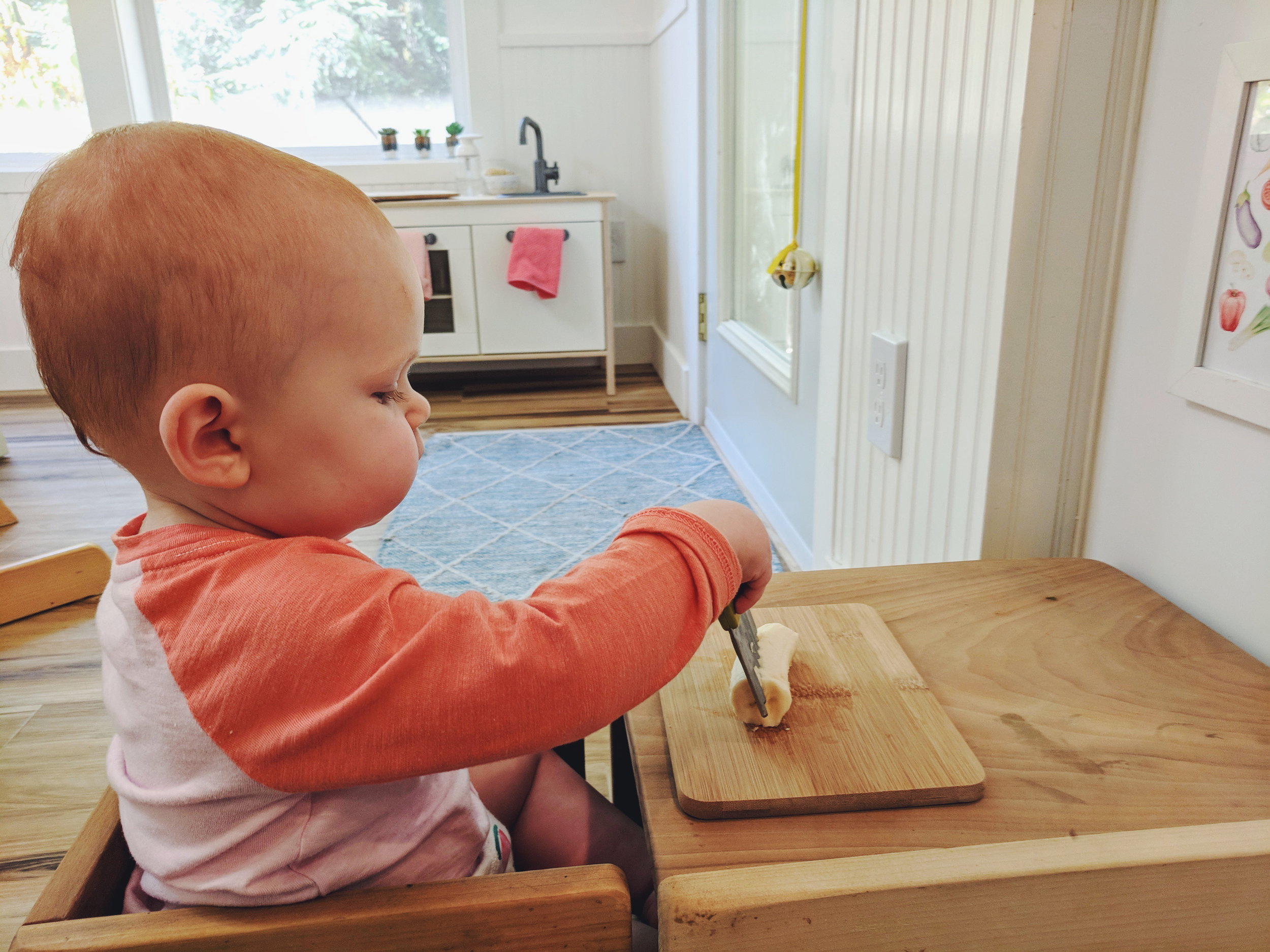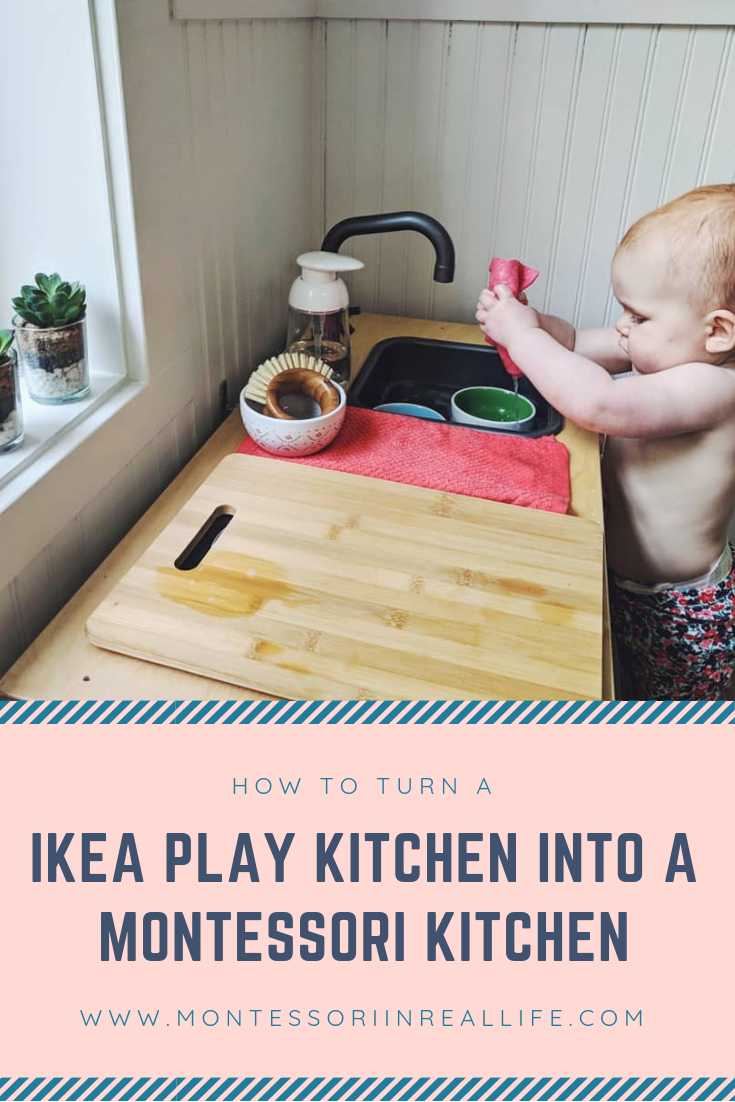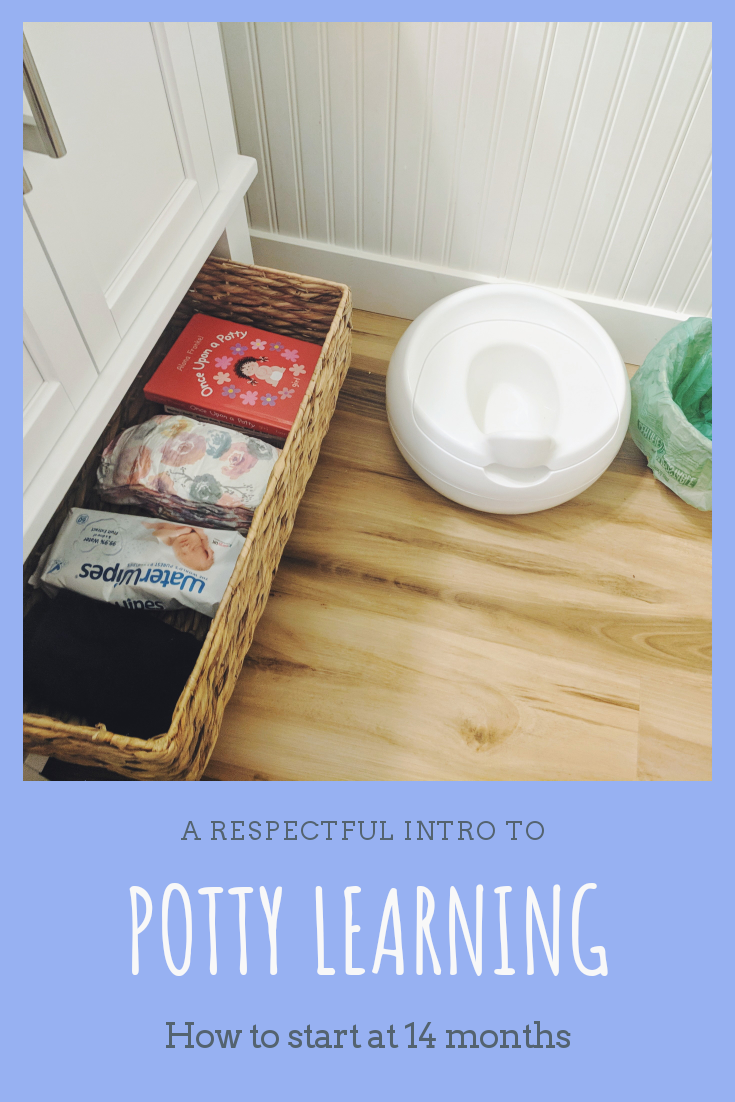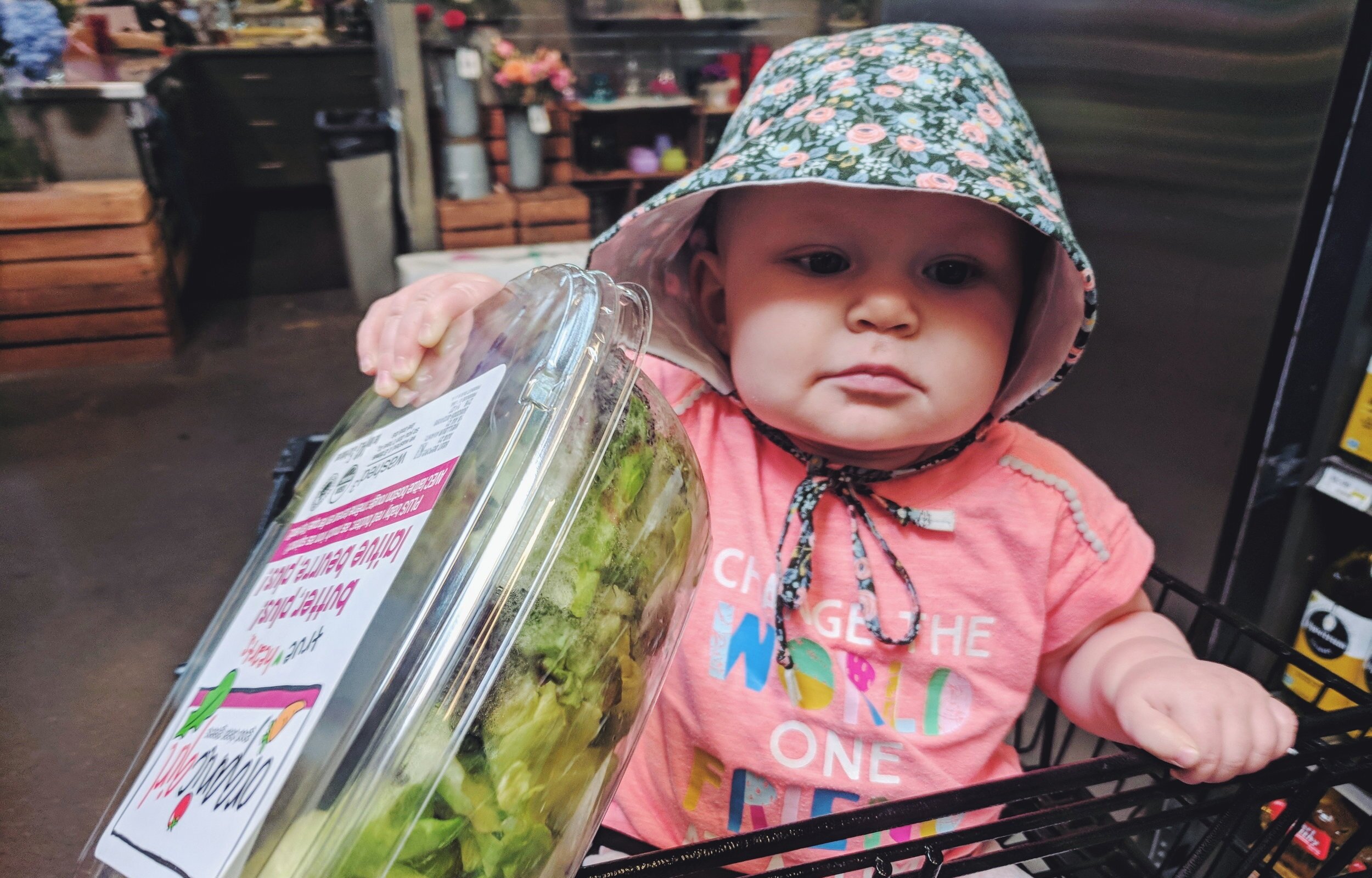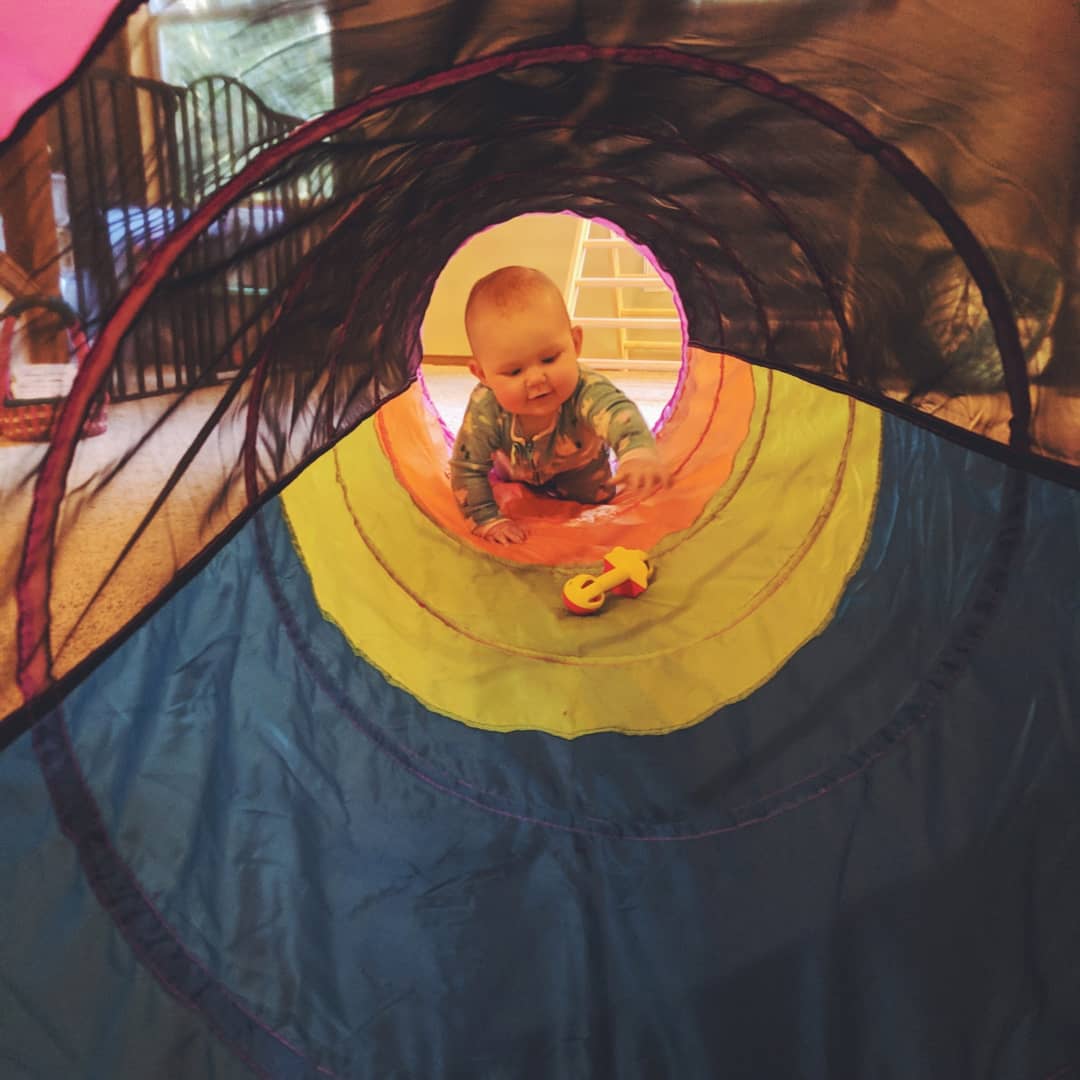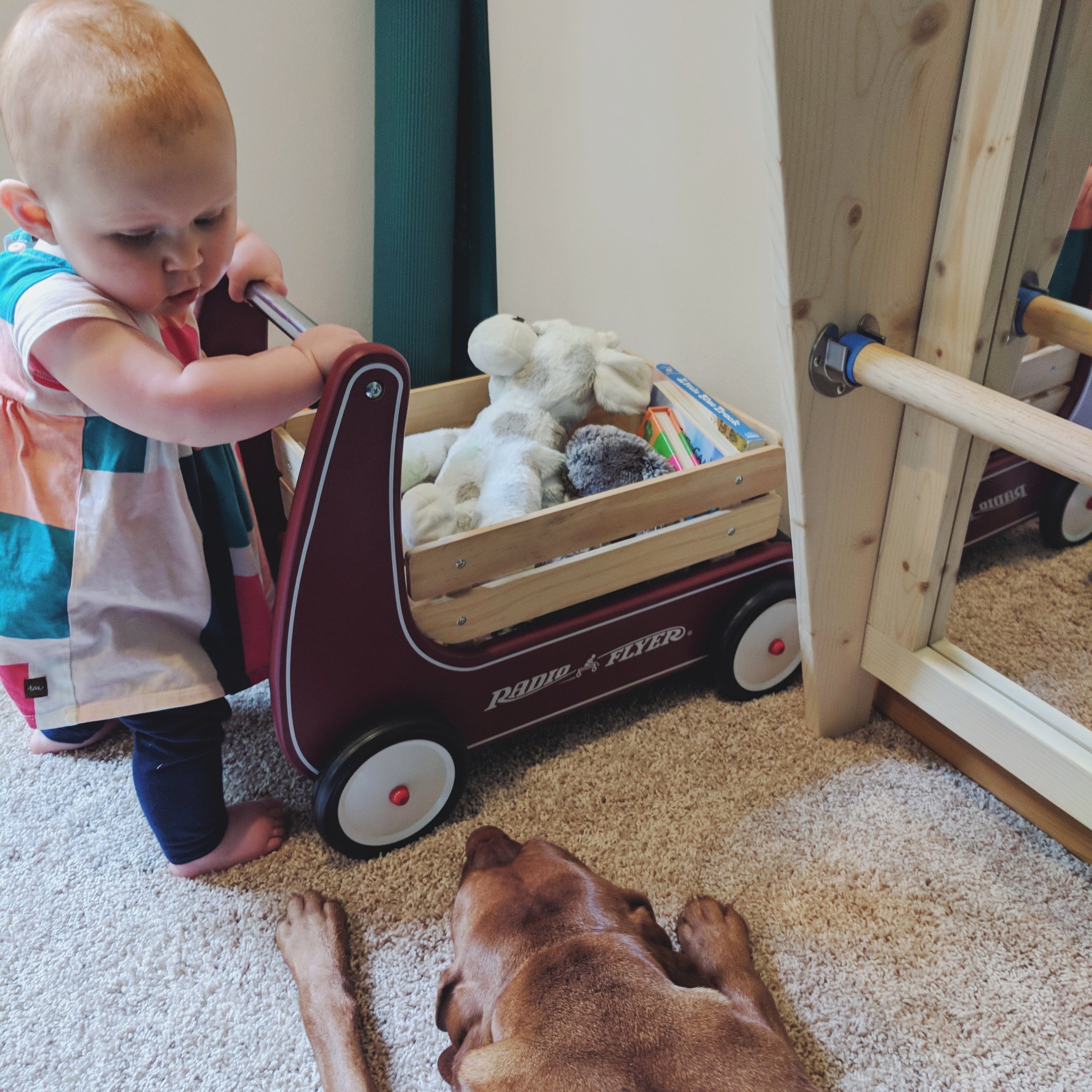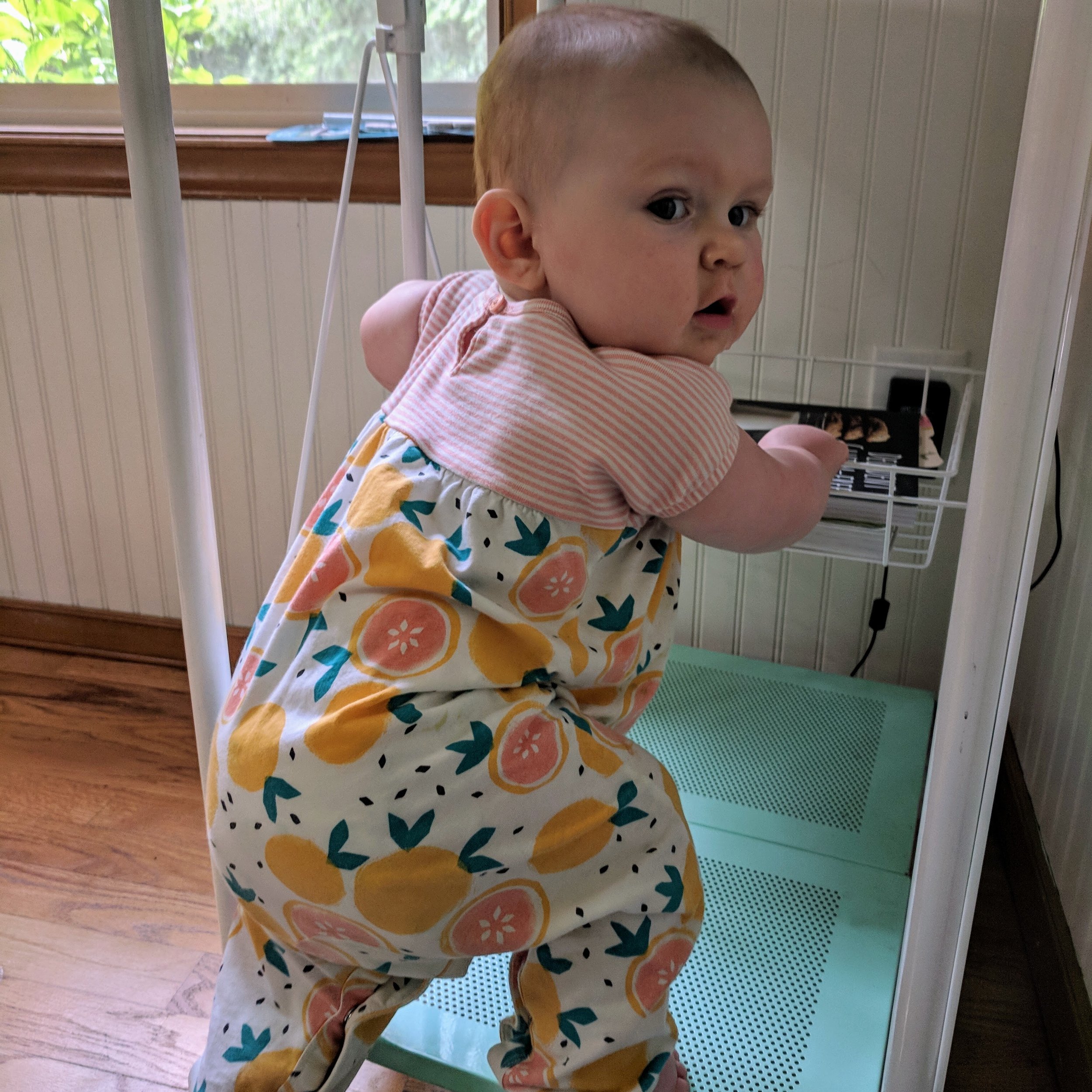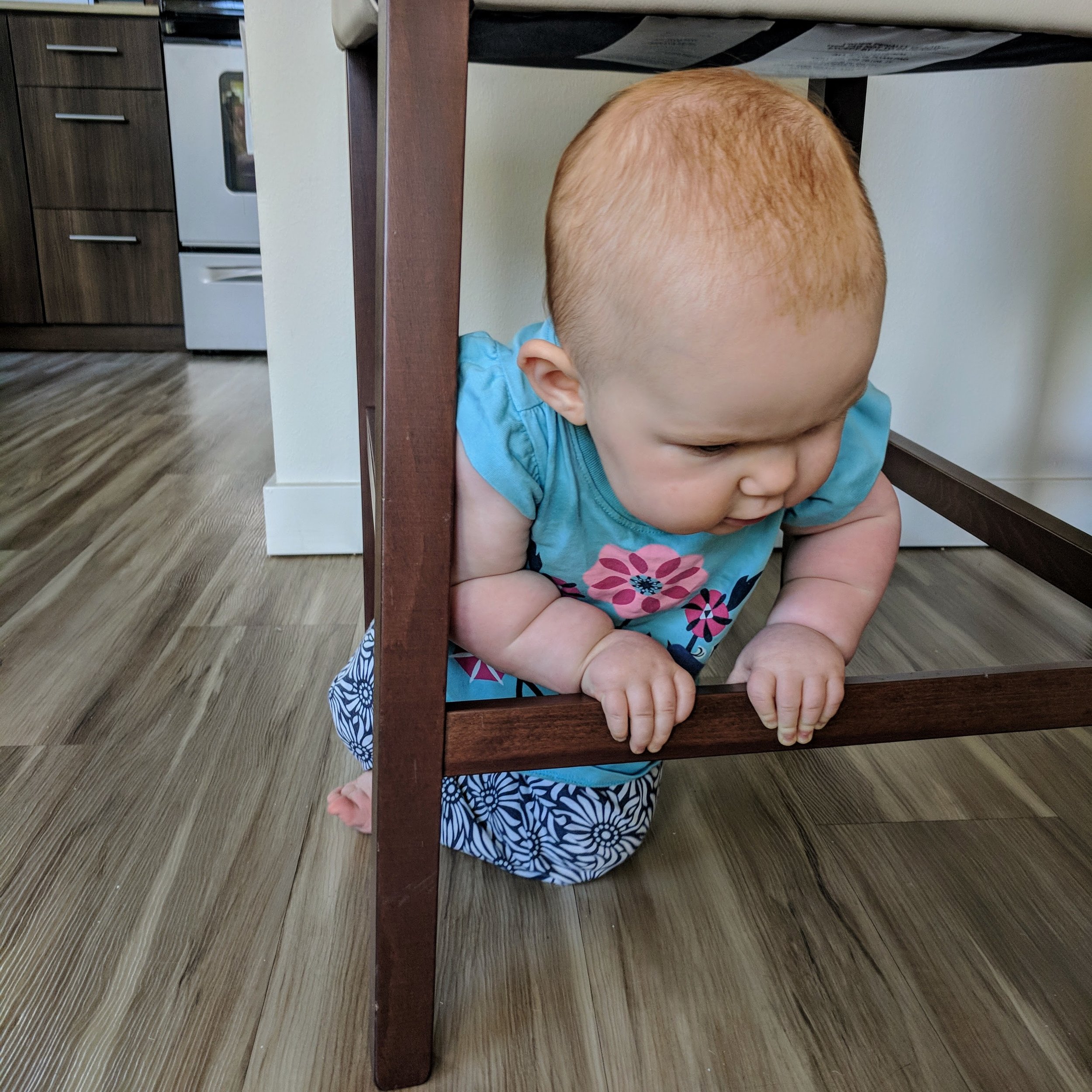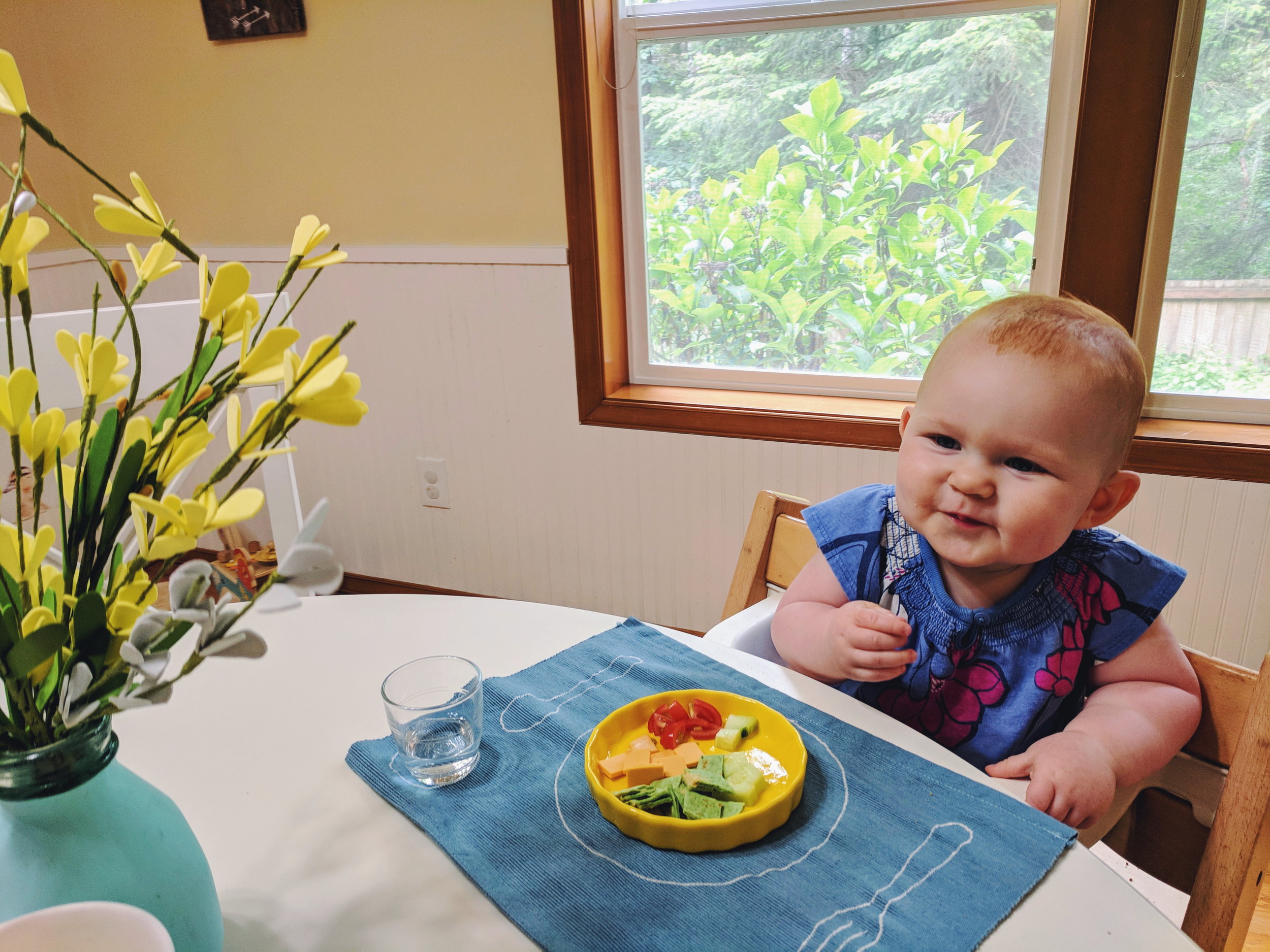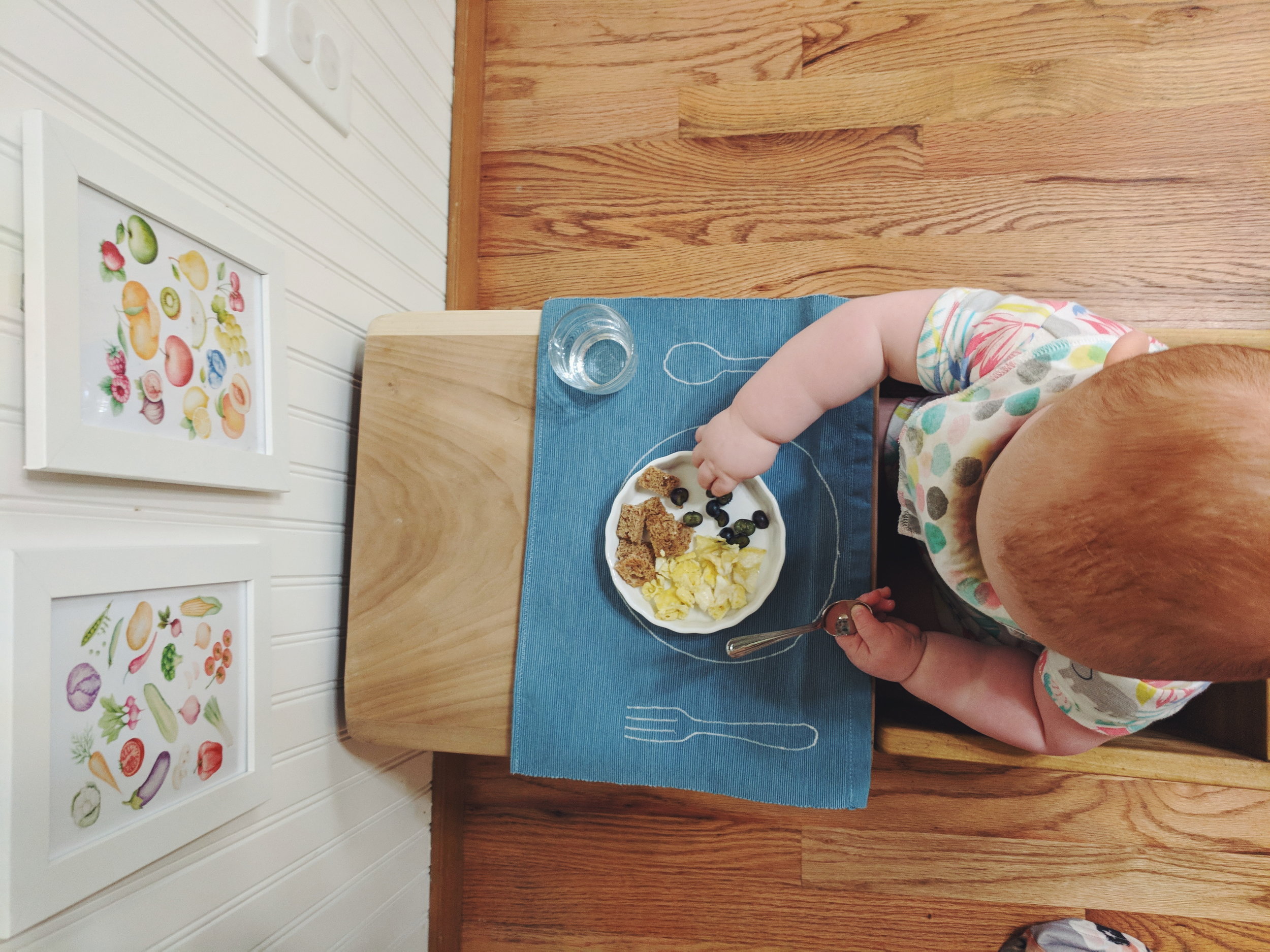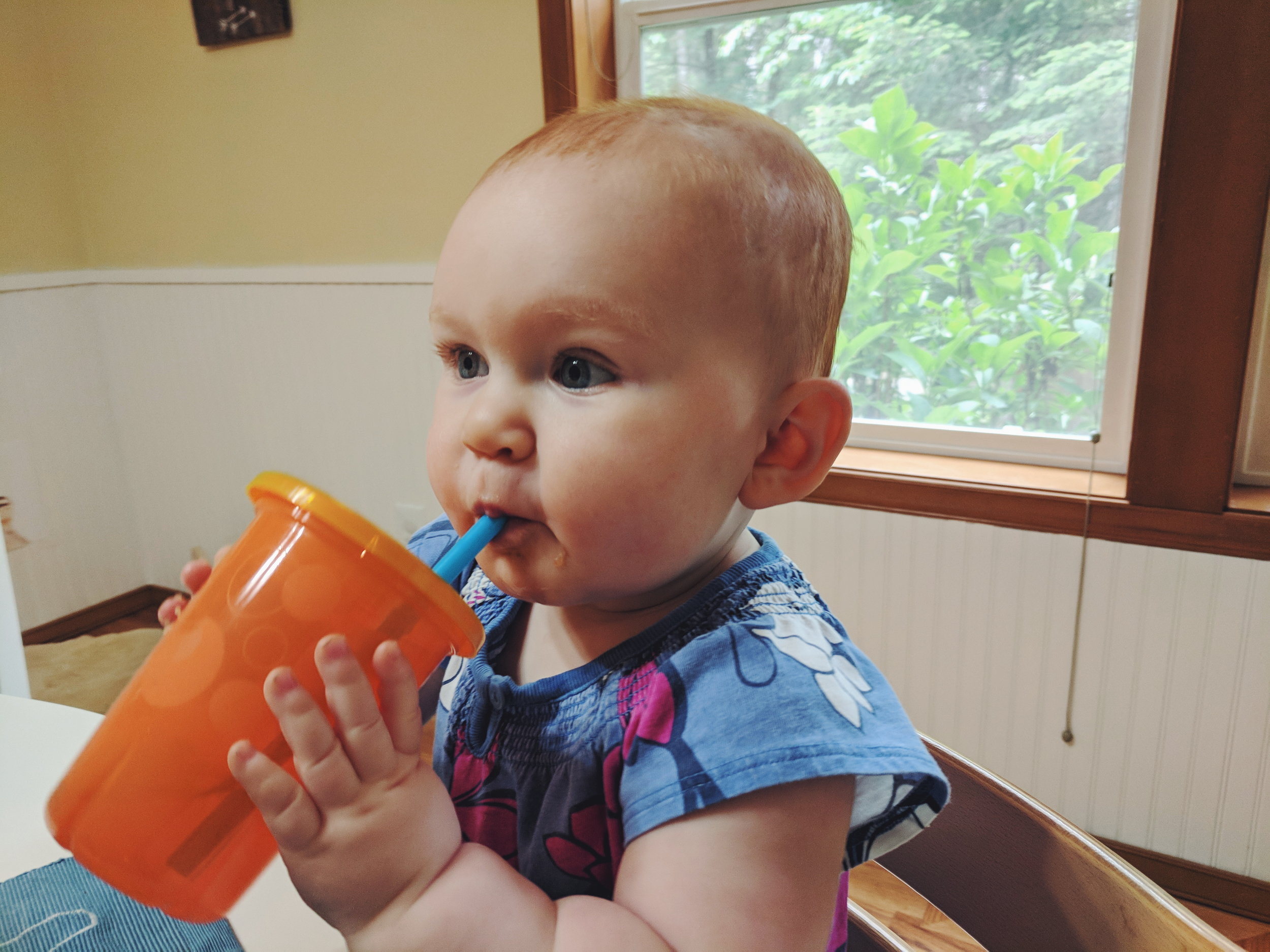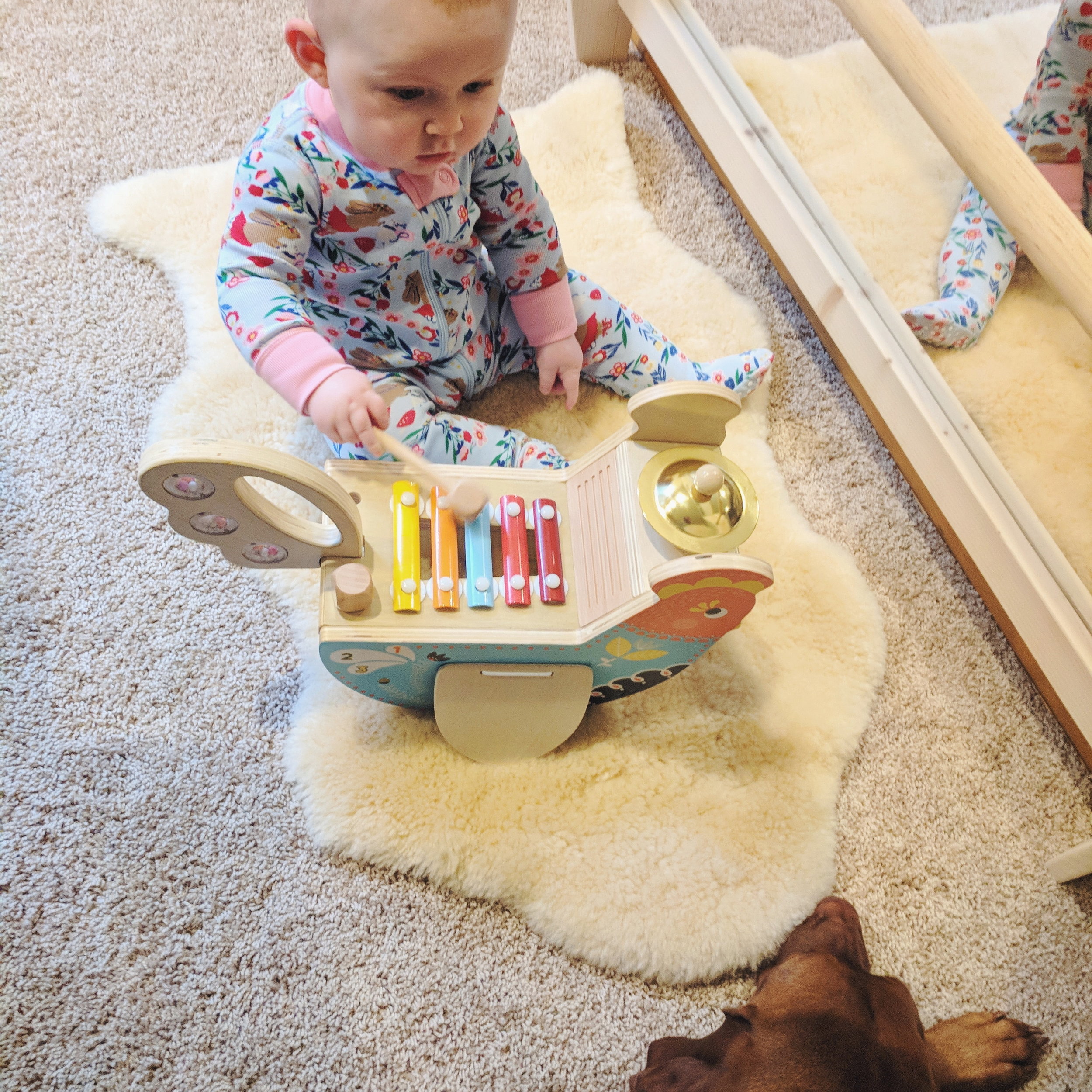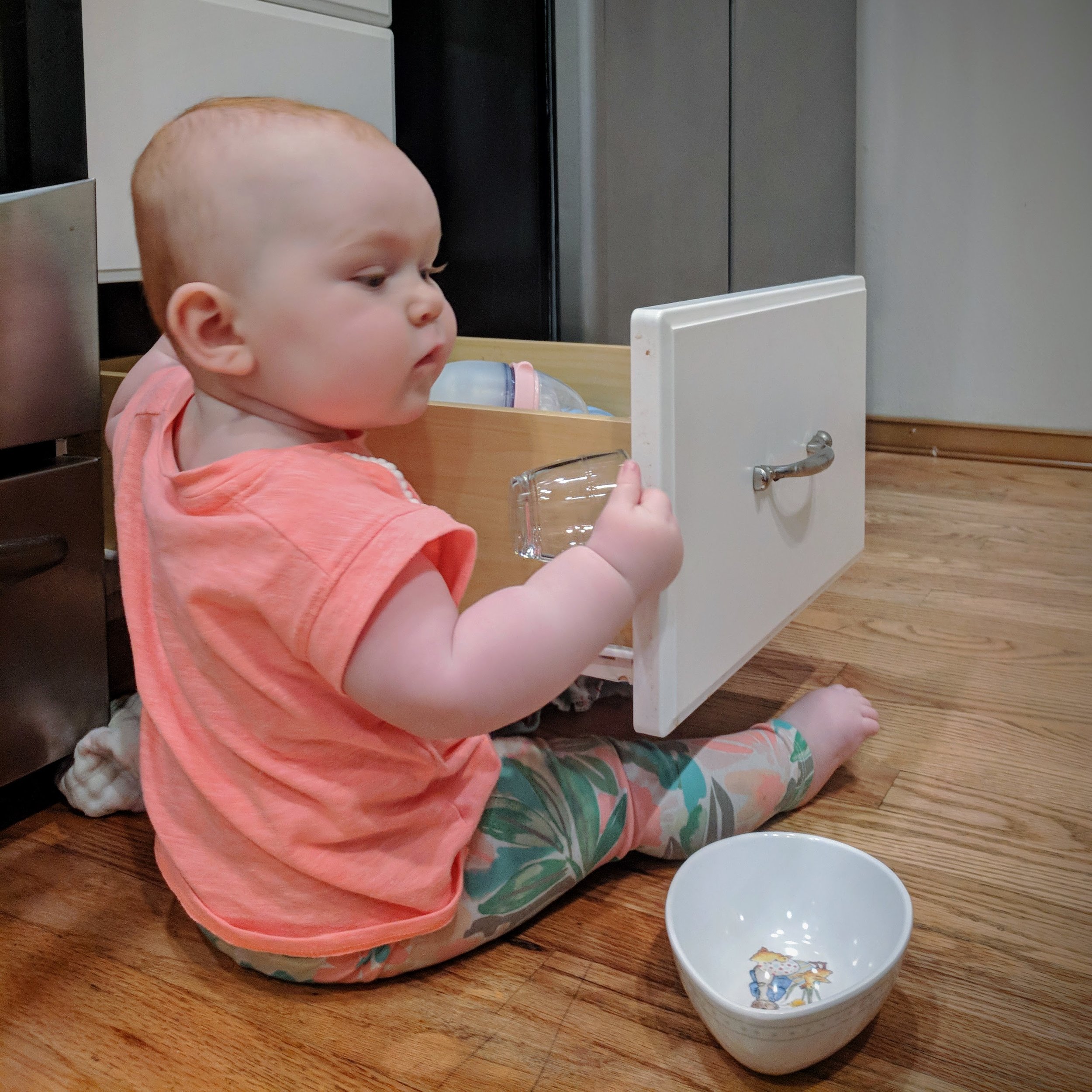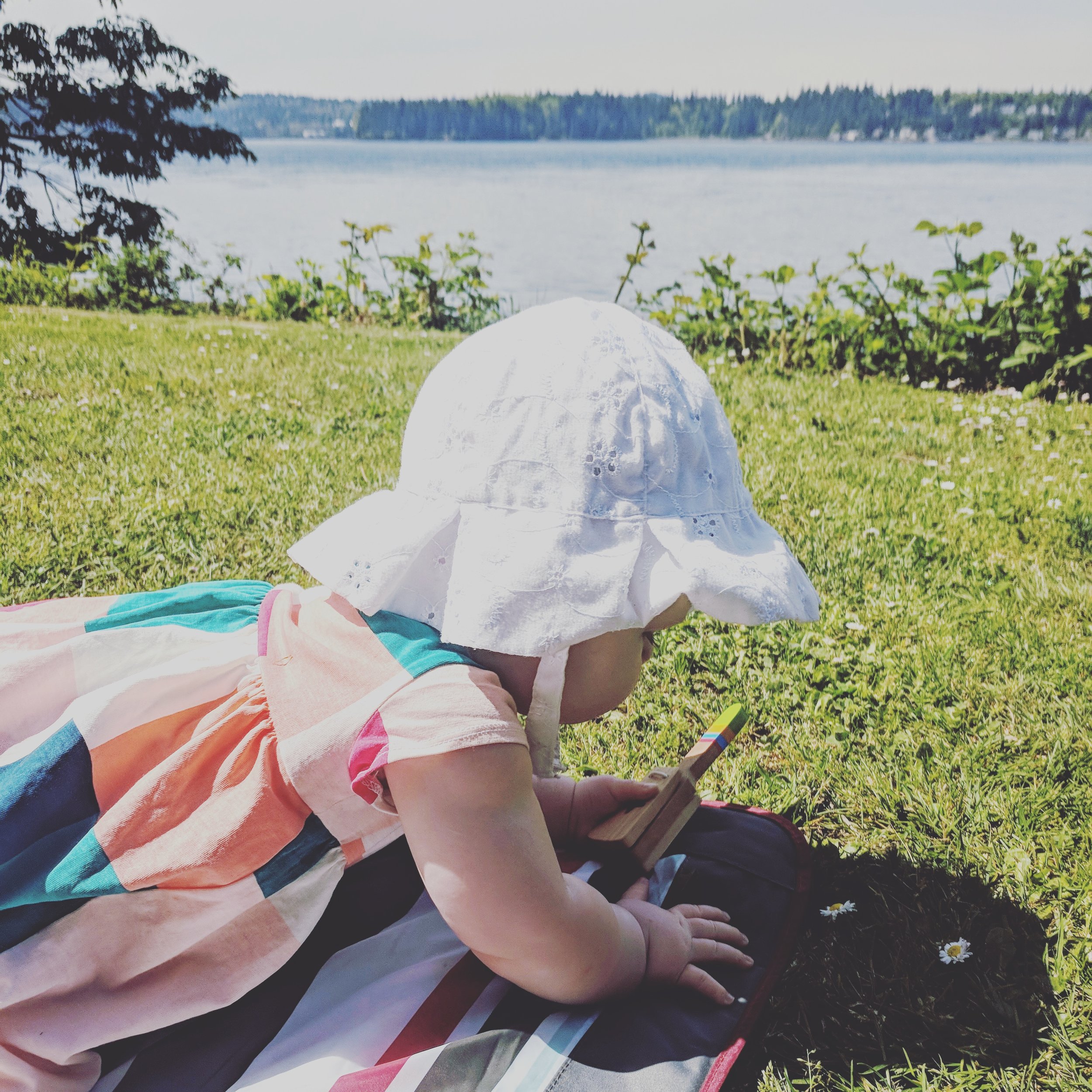A Montessori Toddler Dressing Area
Montessori in Real Life
Who else did some re-organizing and purging after watching Tidying Up with Marie Kondo on Netflix this year? I’m pretty sure most moms I know have “Marie Kondo’d” some part of their home in the past couple of months. She is so inspiring! My latest project has been D’s closet, which was more challenging than organizing my own, but also a lot more fun. It has also been the perfect chance to create a space for her clothes that is accessible to her.
I’ve been wanting to give D more opportunities to pick out clothes and dress herself, and creating this space in her closet is one of the best ways to do so. Because her room doesn’t have a lot of extra space, I designed this dressing area to fit all in her small closet. It’s nice for a young toddler too because although she can access her clothes when it’s time to dress or put clothes away, I can close the closet doors when she’s sleeping or playing in her room. (If I stored her clothing rack in her room outside her closet, I would have minimized her options even more, and stored the rest in the closet.)
Here is our current set-up:
Clothing Rack - I have yet to find the perfect option for this, but for now, this will do. She can’t quite reach the hangers but is getting close, and can still point to what shirt or dress she wants. I like that it is quite affordable, compact, and has adjustable shelves.
Step stool - I set this up for her to sit on and practice dressing. She can access her socks and shoes on the bottom shelf to practice putting on/taking off. (We also keep a pair of socks and outdoor shoes by the front door.)
Mirror - This is D’s favorite part of her dressing area. I positioned it right next to the step stool so she can watch herself practice dressing or helping me get her dressed. The mirror also helps her develop body awareness and recognition.
Small storage bins - This pack of three fabric bins are perfect for storing her pants and pajamas. I try not to keep too many options in these bins at once, because it is that much more to clean up if she wants to pull them out! I encourage her to choose one at a time, but toddlers love to explore their options. ;)
Laundry Bin - Placing this next to her clothing racks gives her a place to put away her own dirty clothes. It also helps her understand the full sequence of getting dressed, and of how laundry works!
Overall, giving her this opportunity to play a bigger role in dressing boosts her confidence and sense of accomplishment. For many toddlers, transitions (e.g. getting ready for the day, starting naptime routines…) can be tough, and letting them help get dressed or put clothes away makes it much calmer and more satisfying for them. This is definitely true for D! My hope is that having this dressing area gives her the sense of autonomy, order, and satisfaction she needs, and helps her develop the fine motor and coordination skills to dress herself independently in the coming months!
PS. You can see the rest of her room in this blog post about our floor bed. :)
Note: This post contains affiliate links. If you purchase a product through one of these links, you won’t pay anything extra, but I will get a small commission, which helps keep this blog going. Thanks for supporting Montessori in Real Life!

